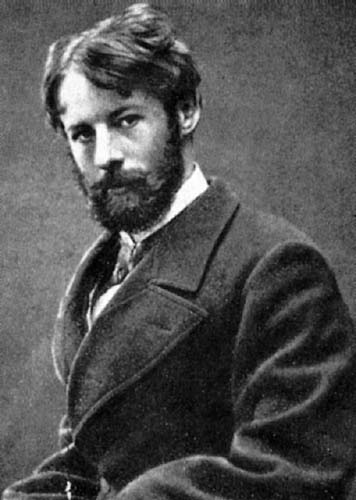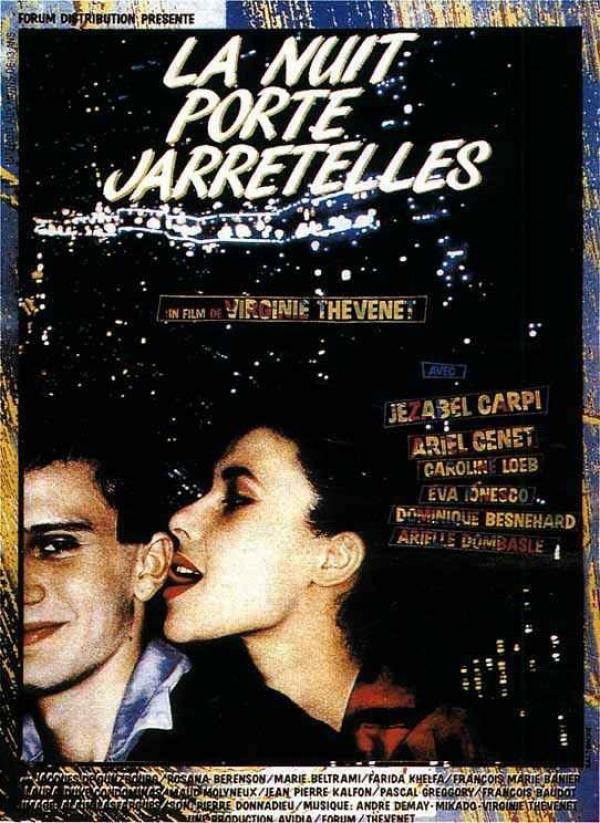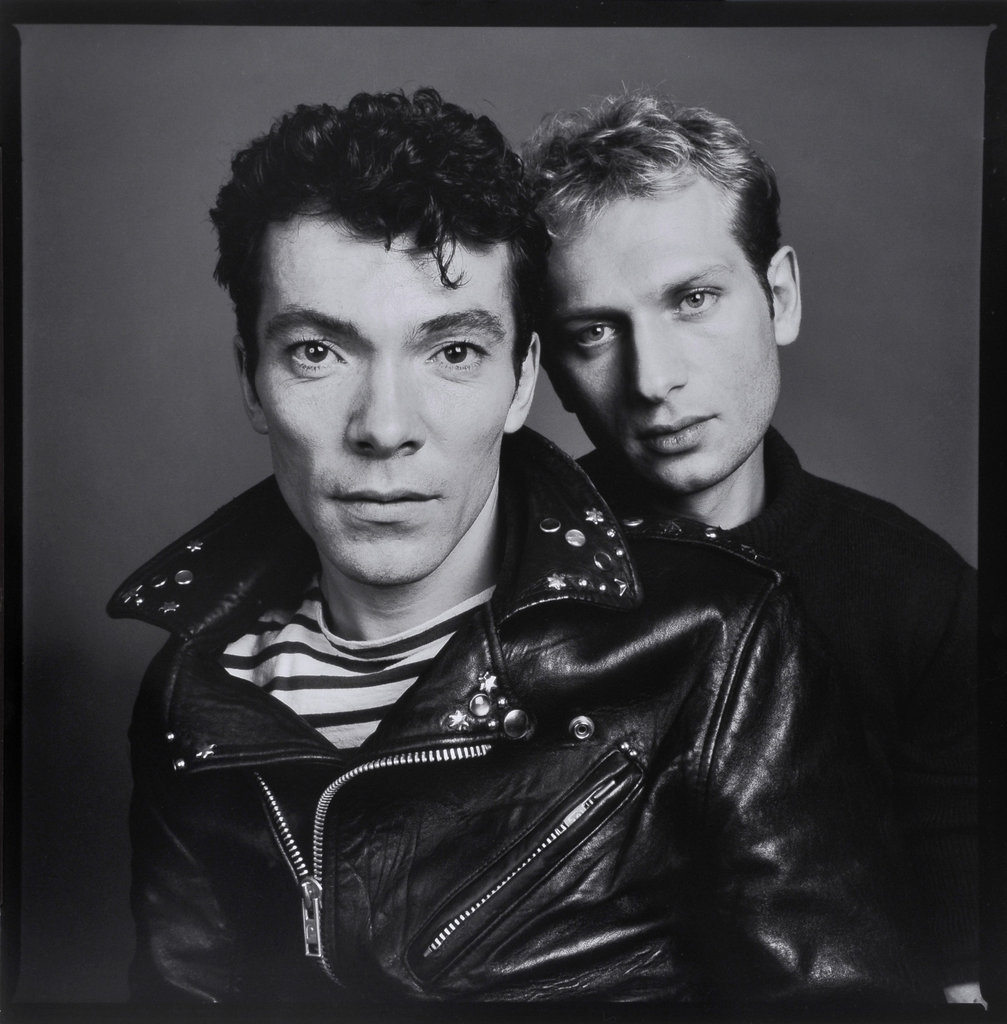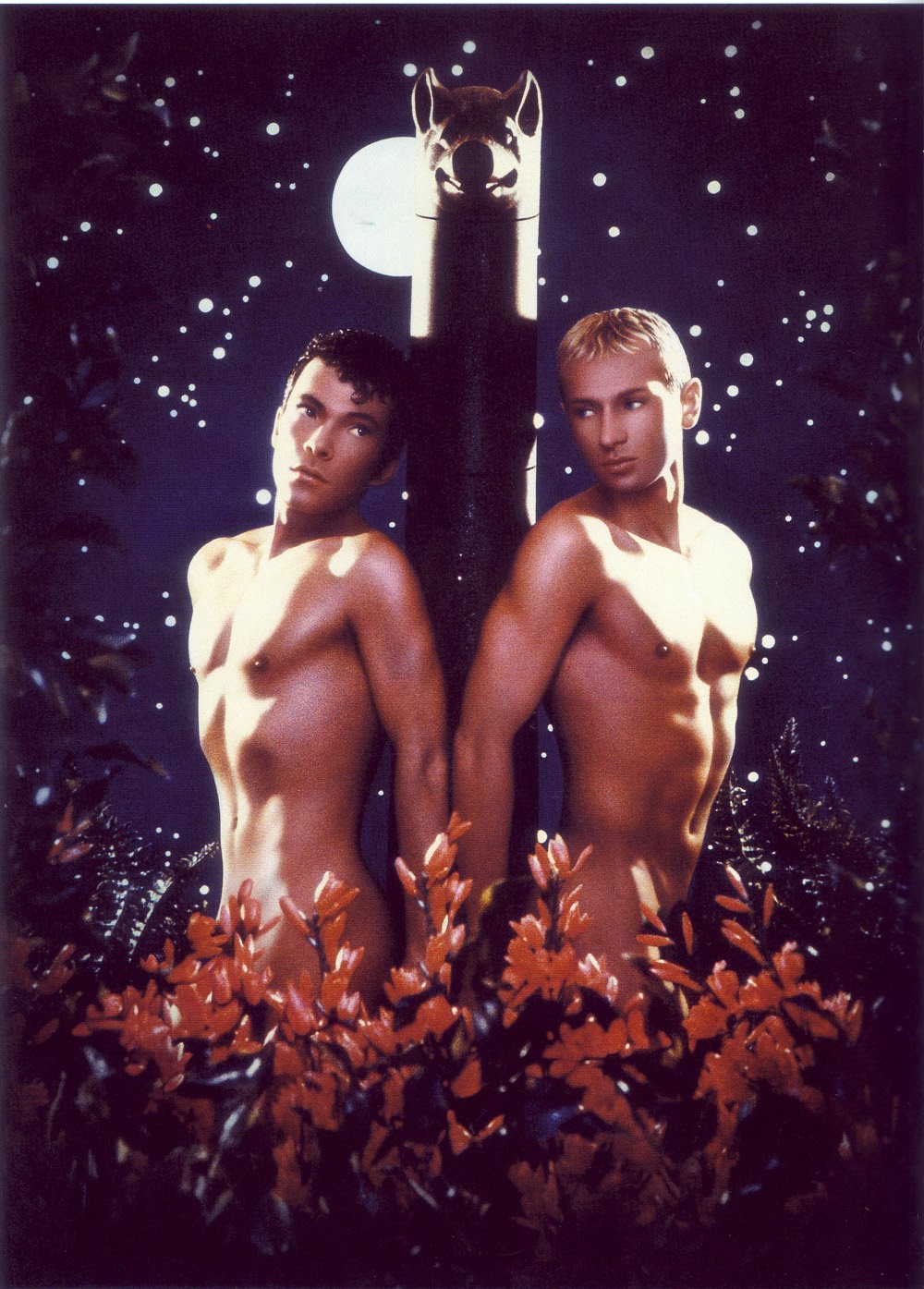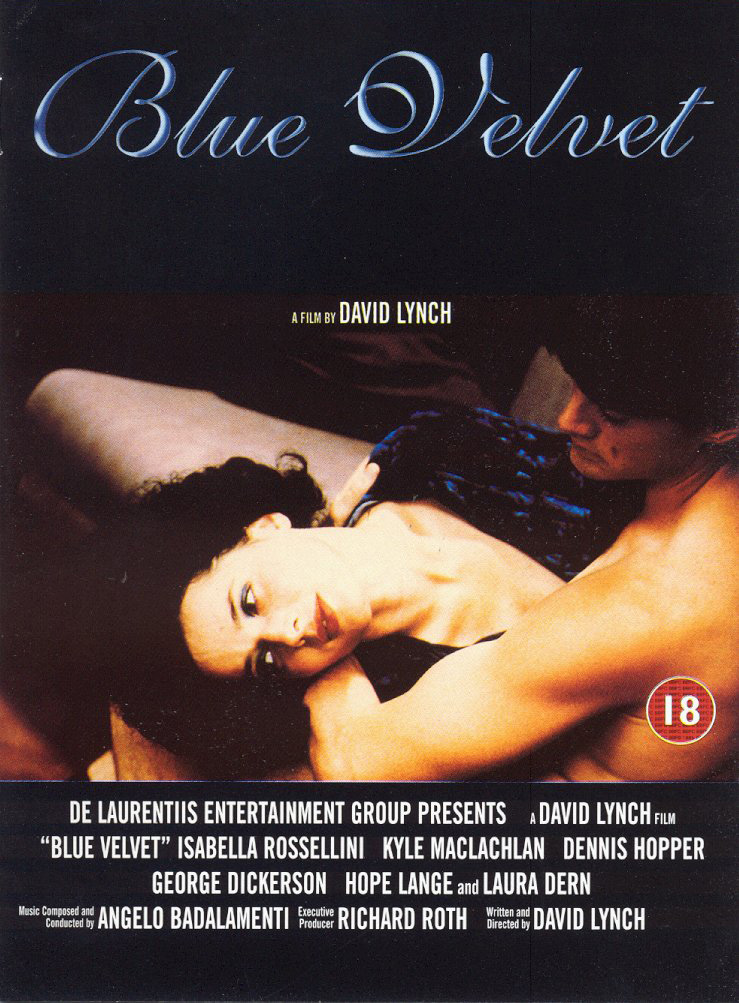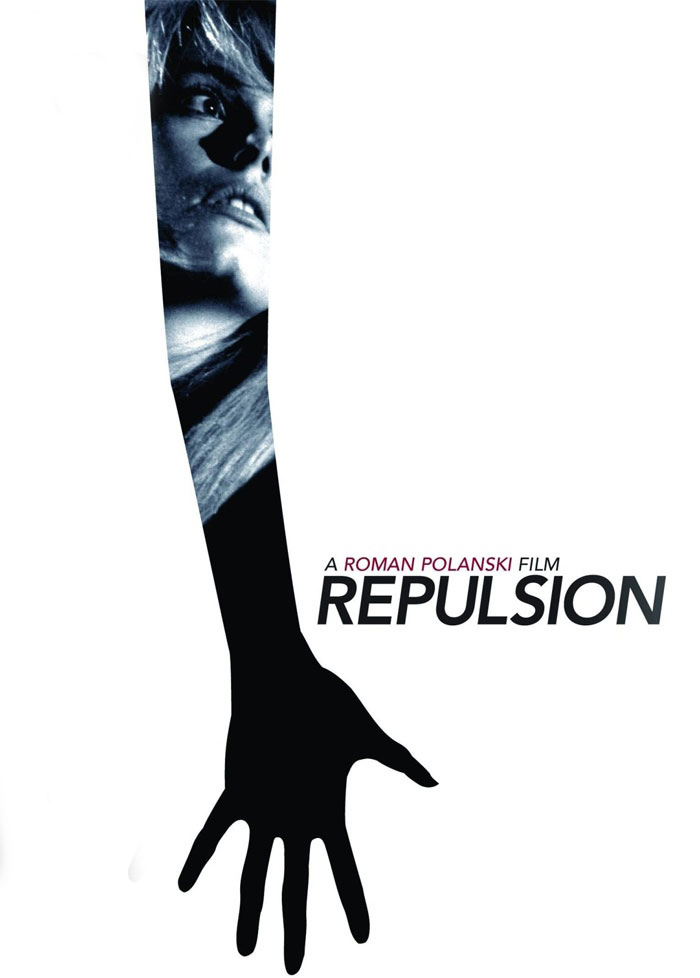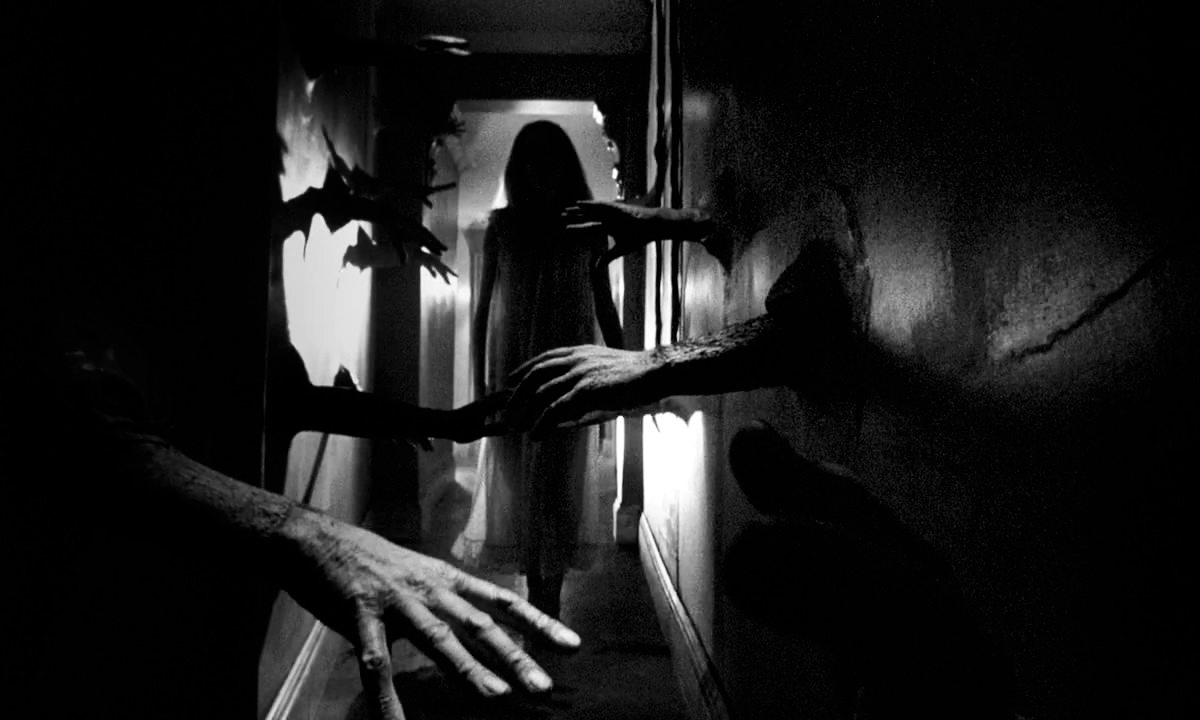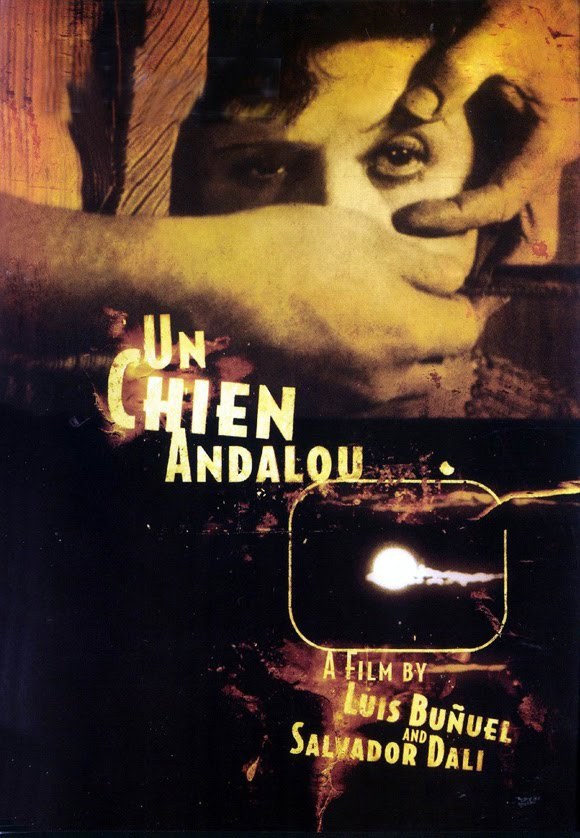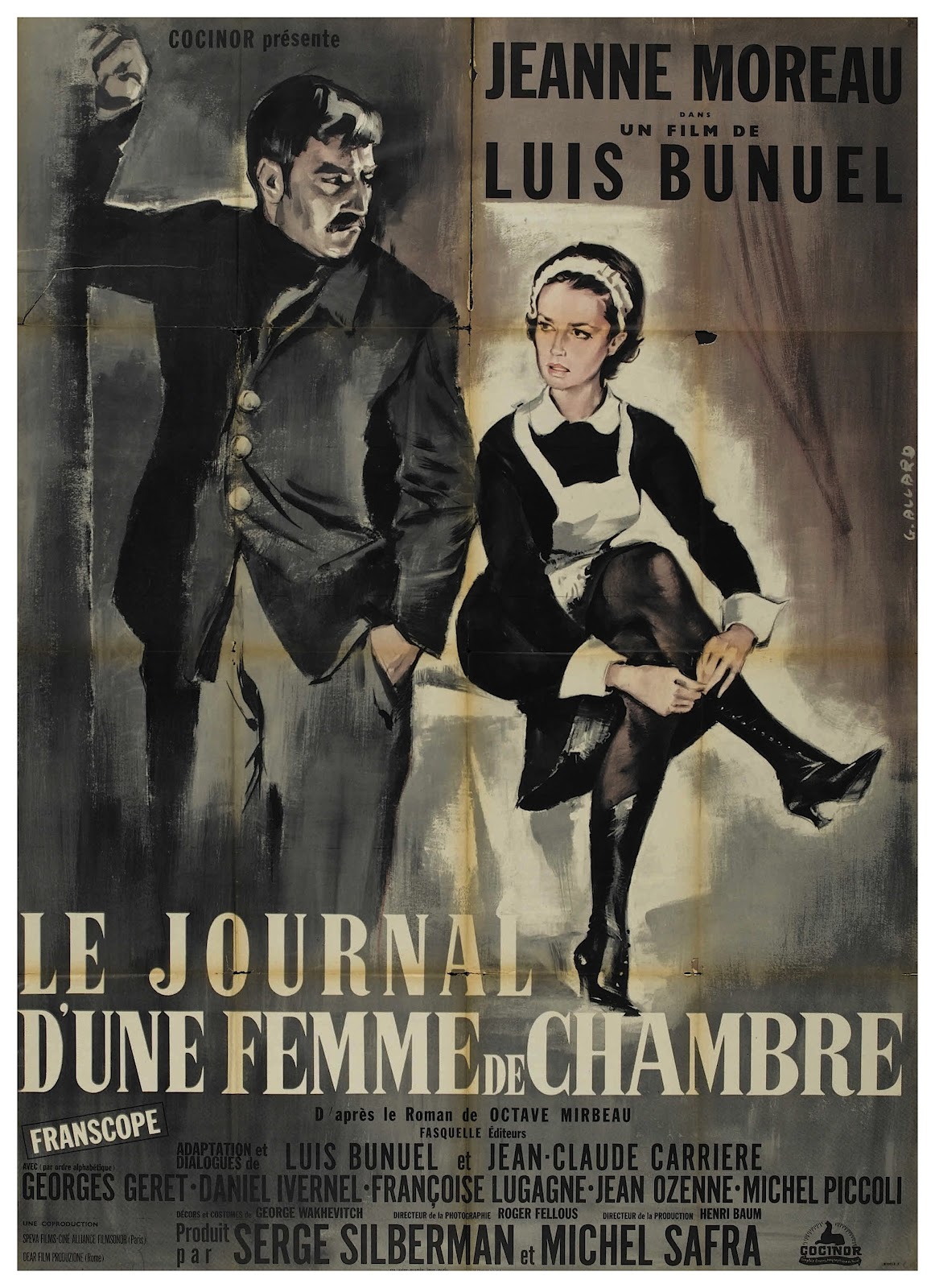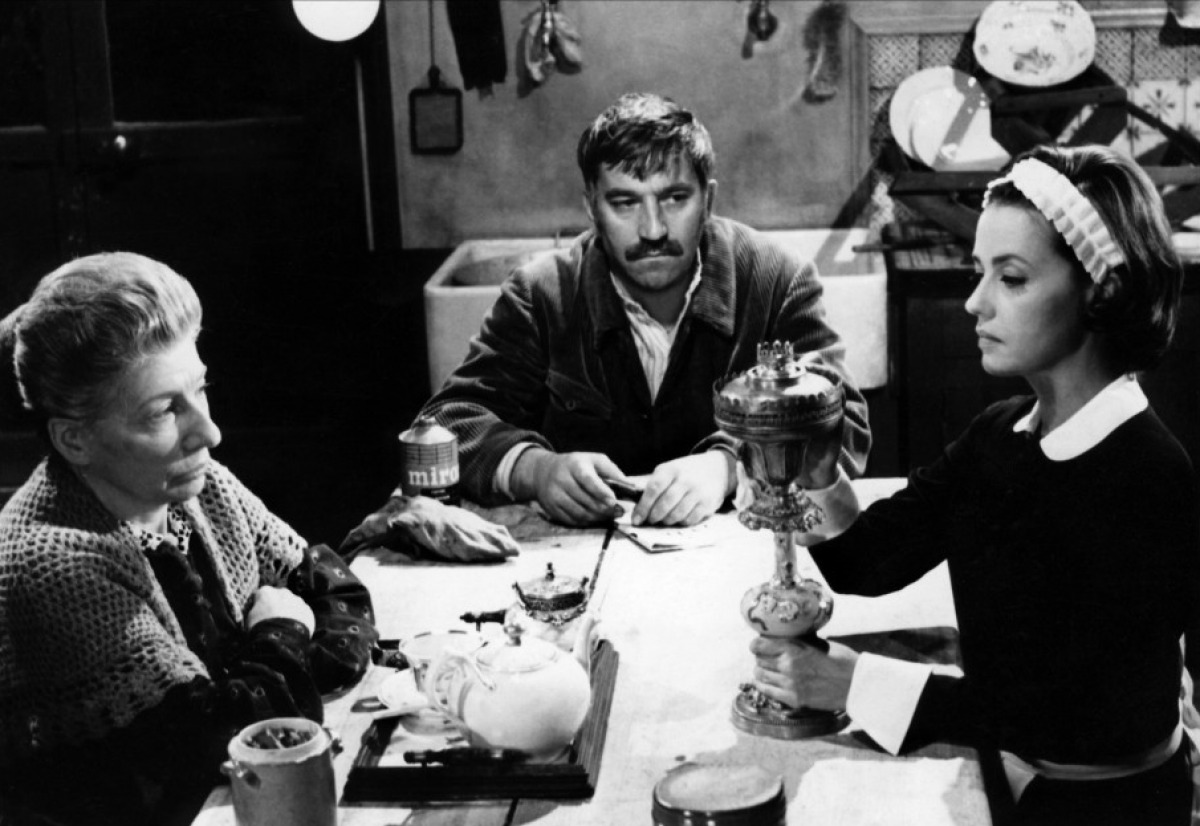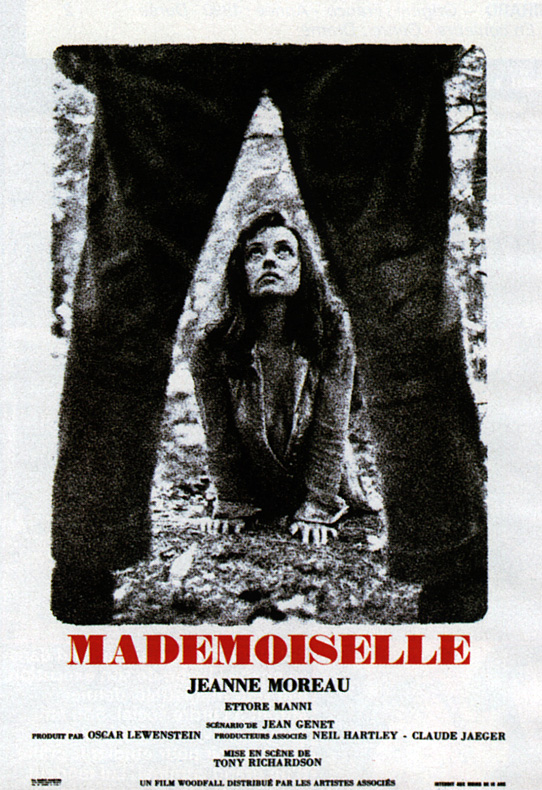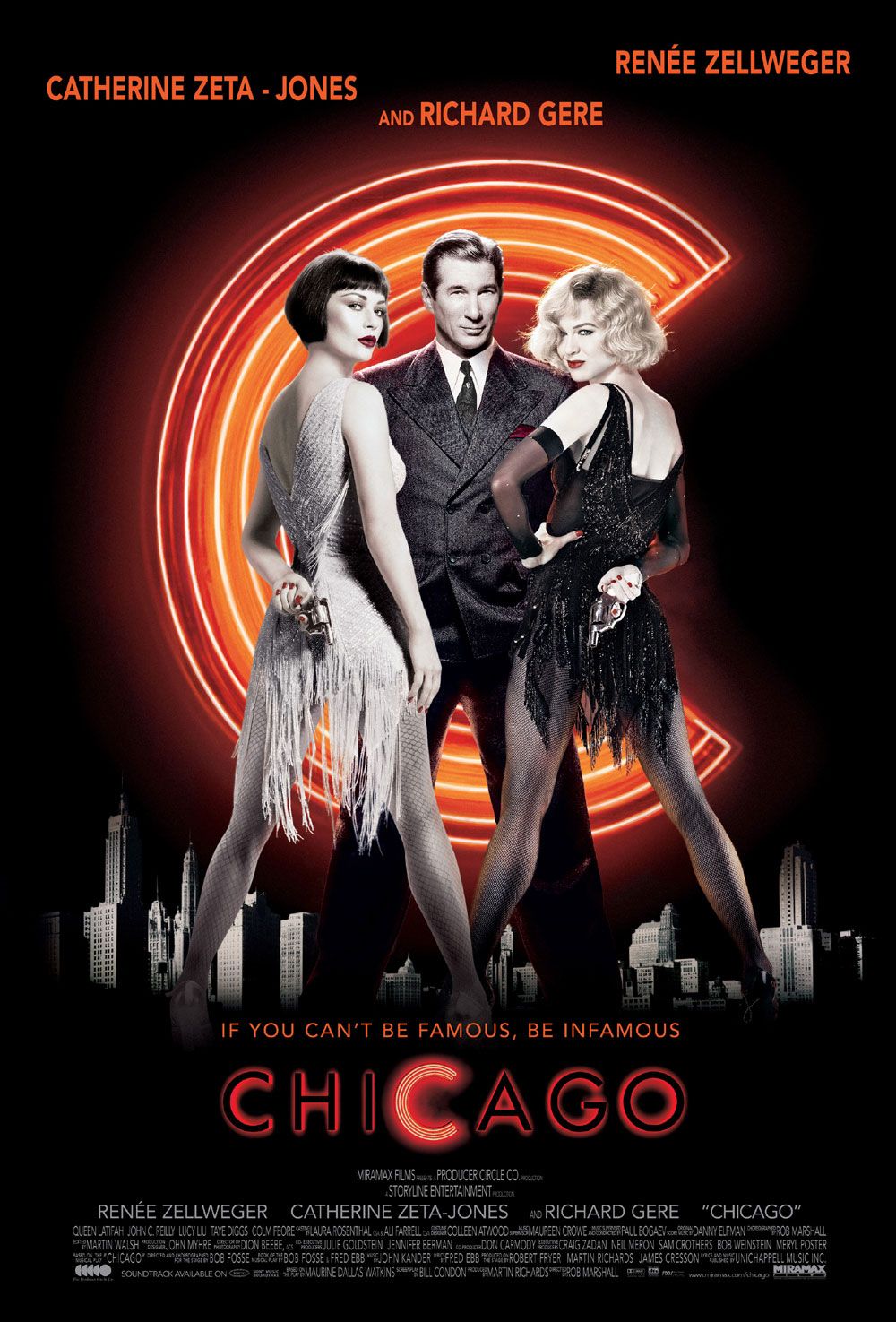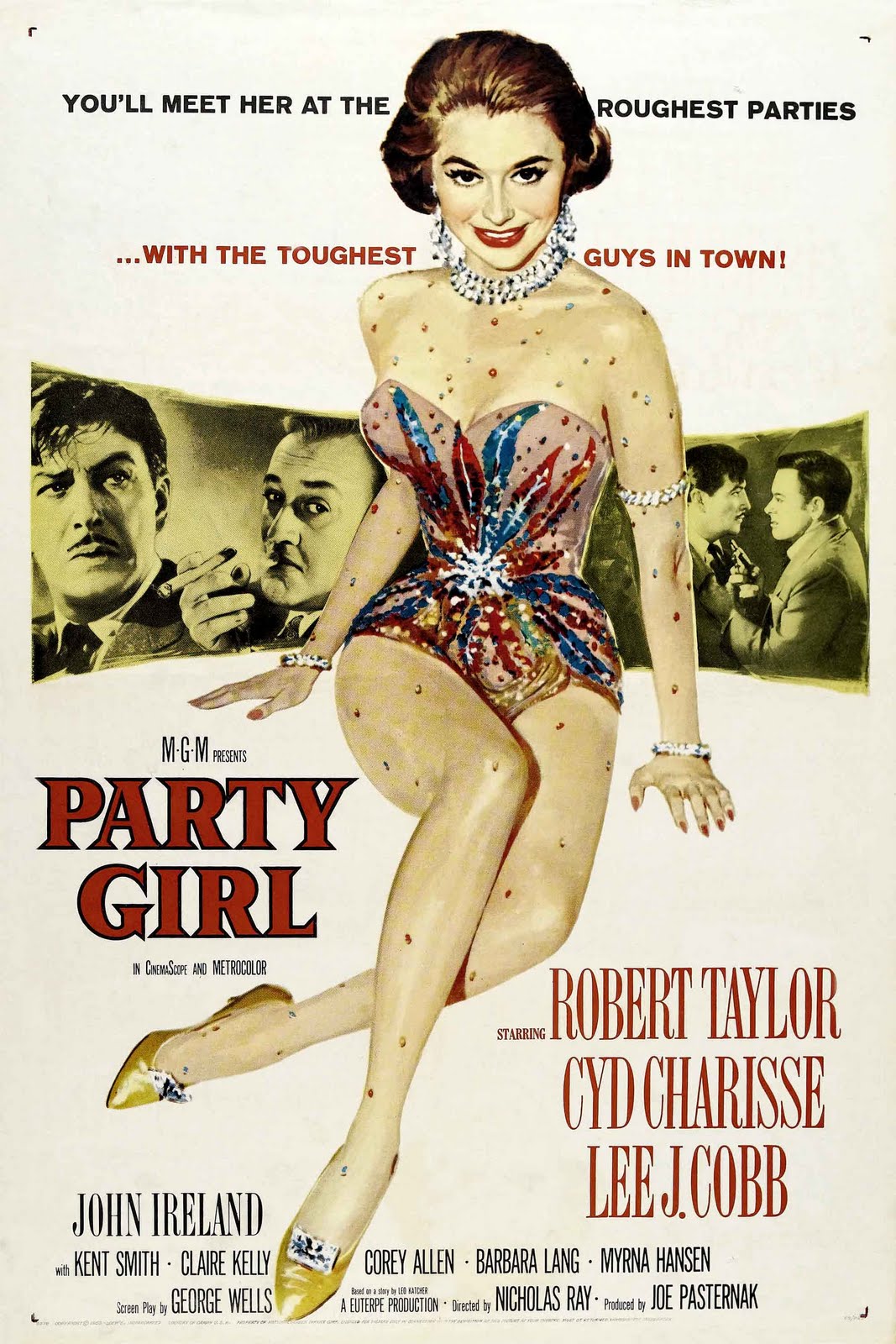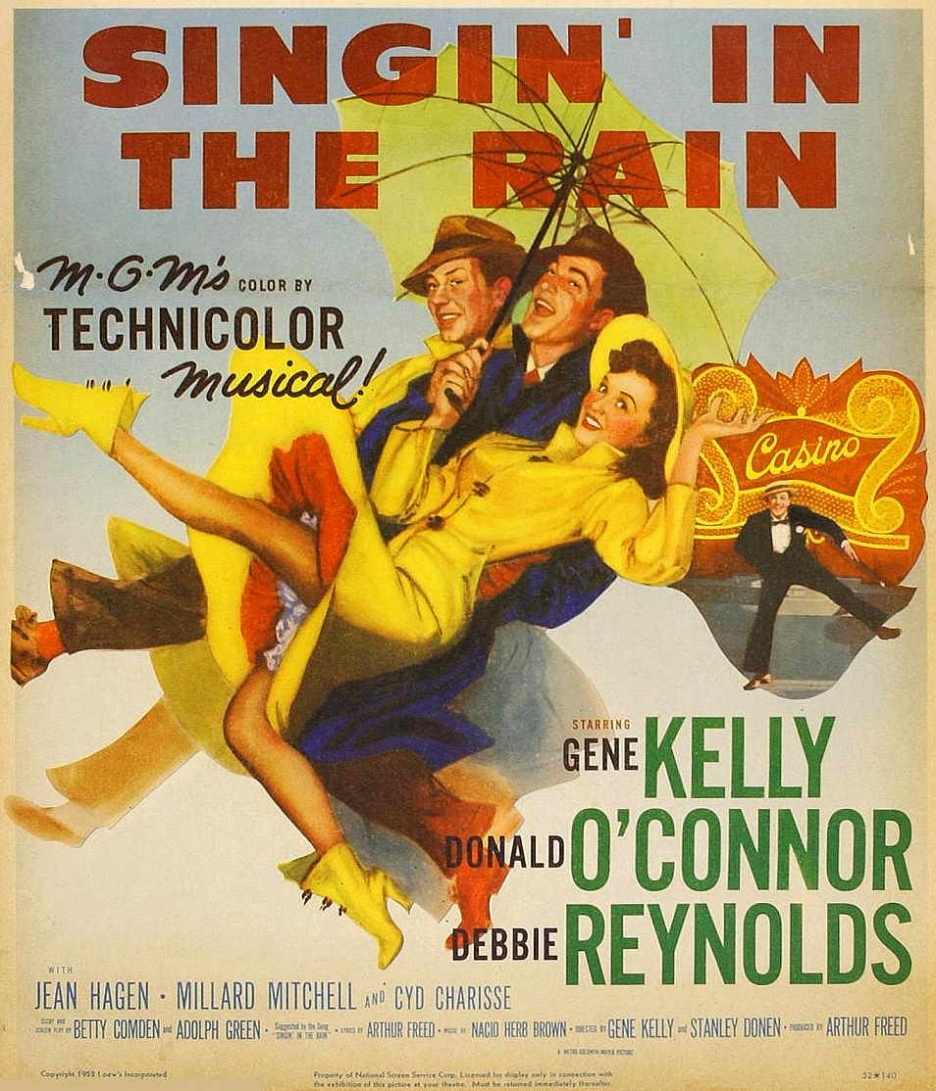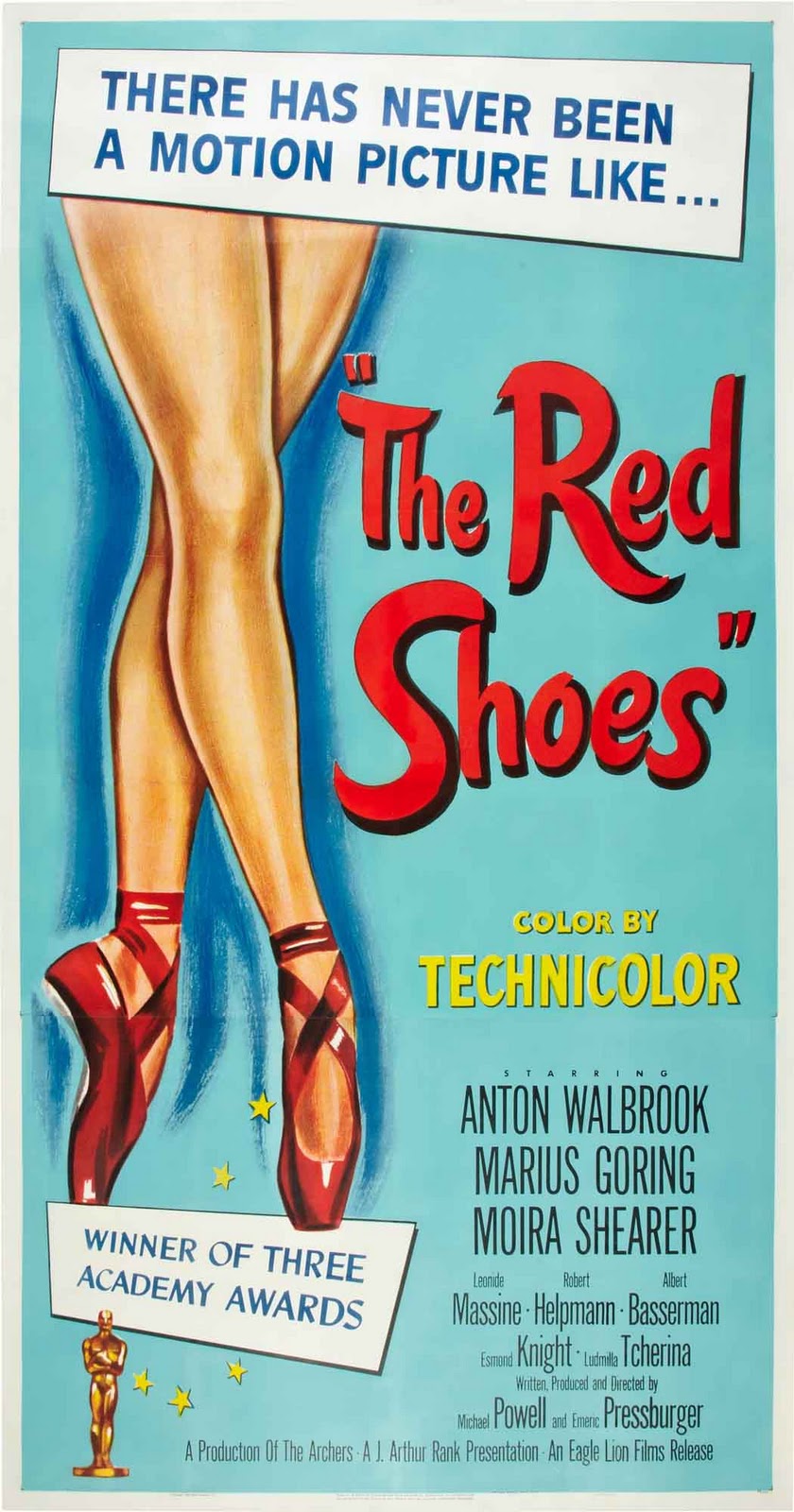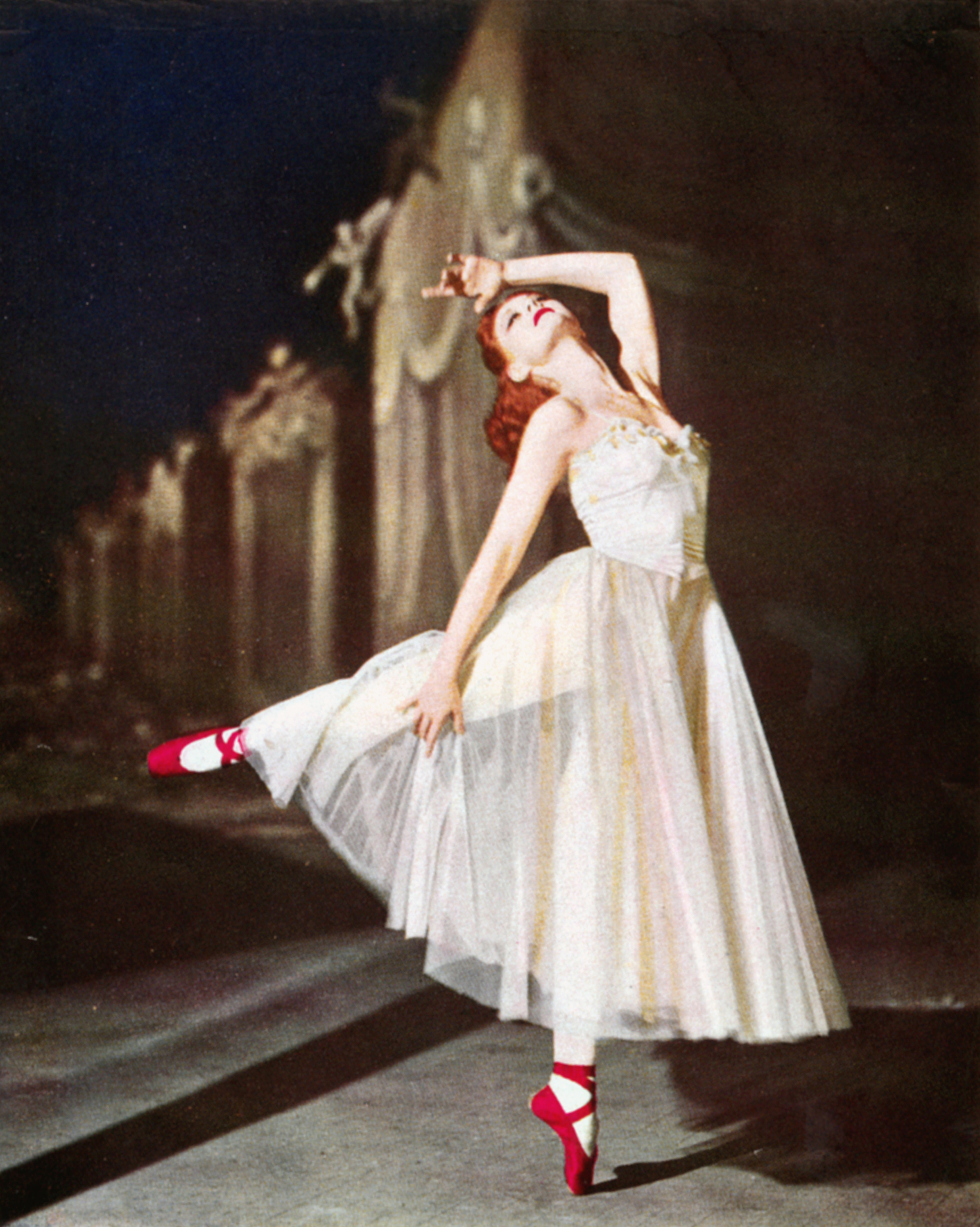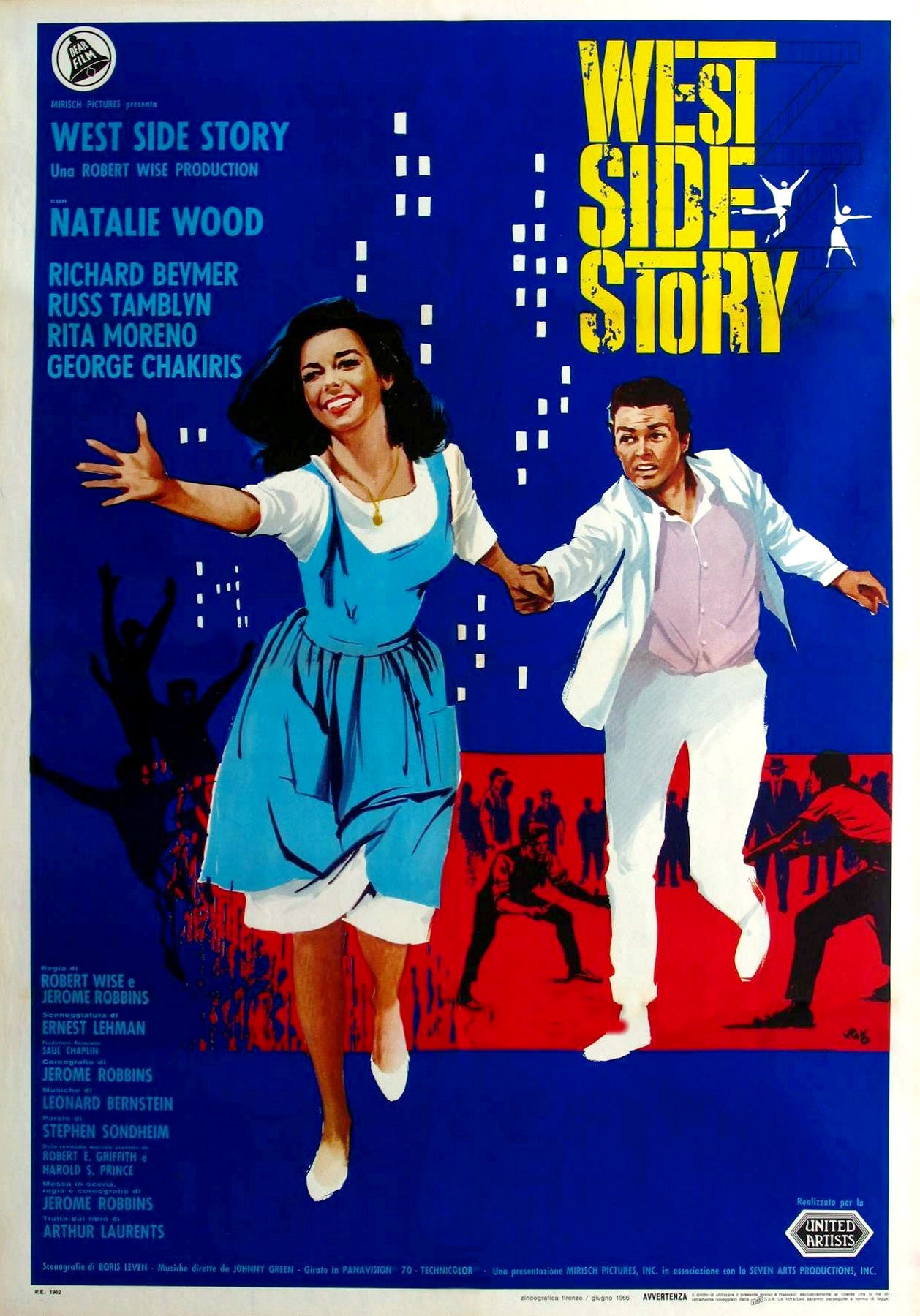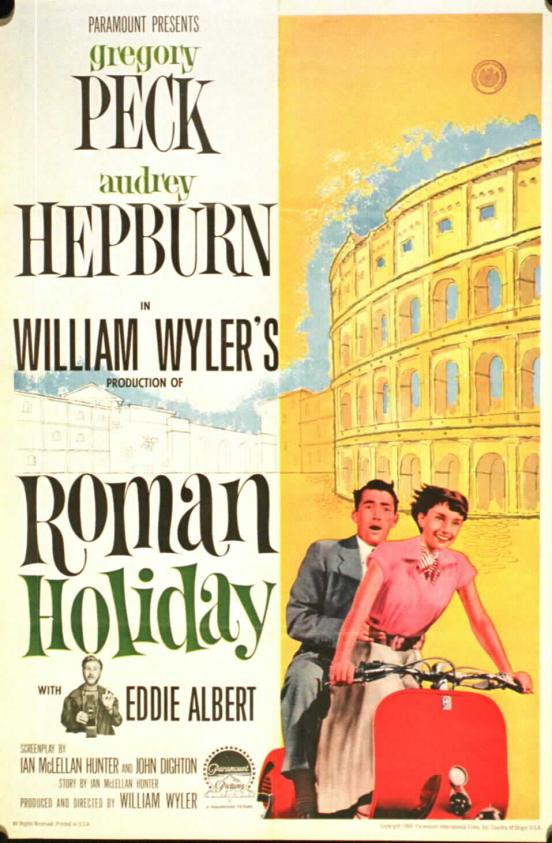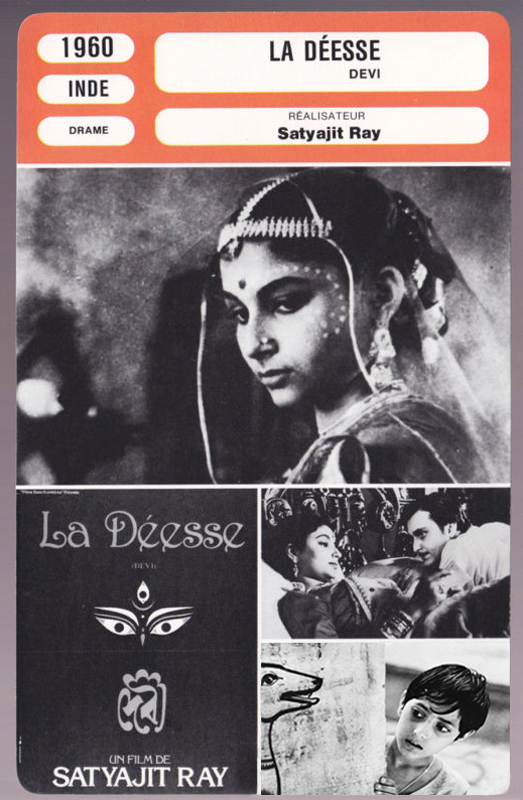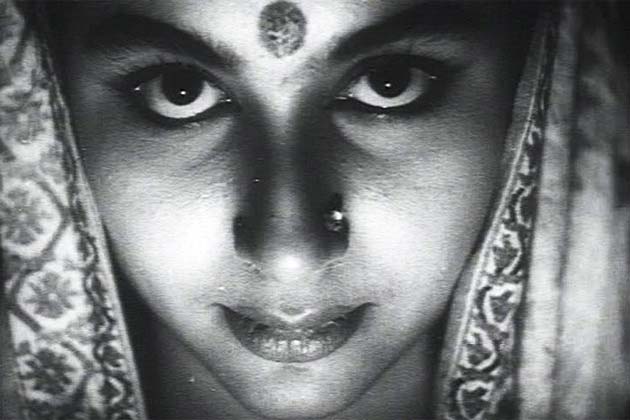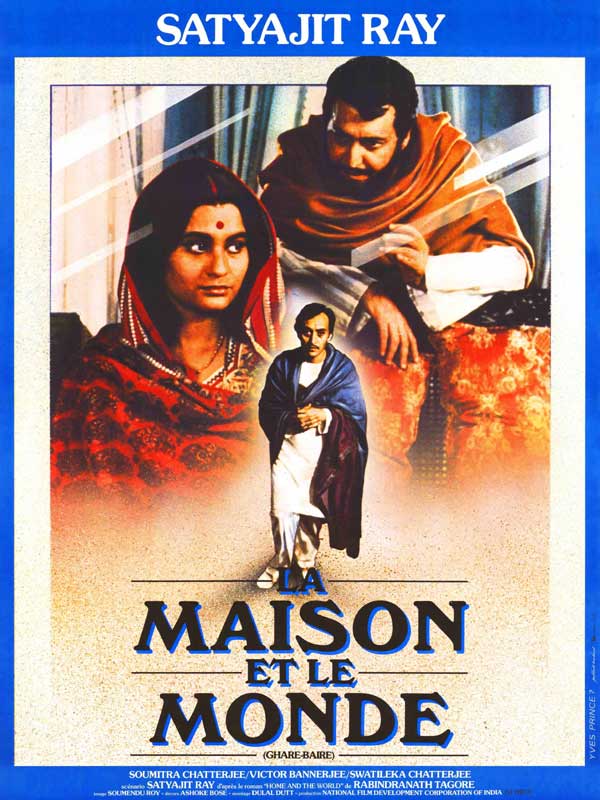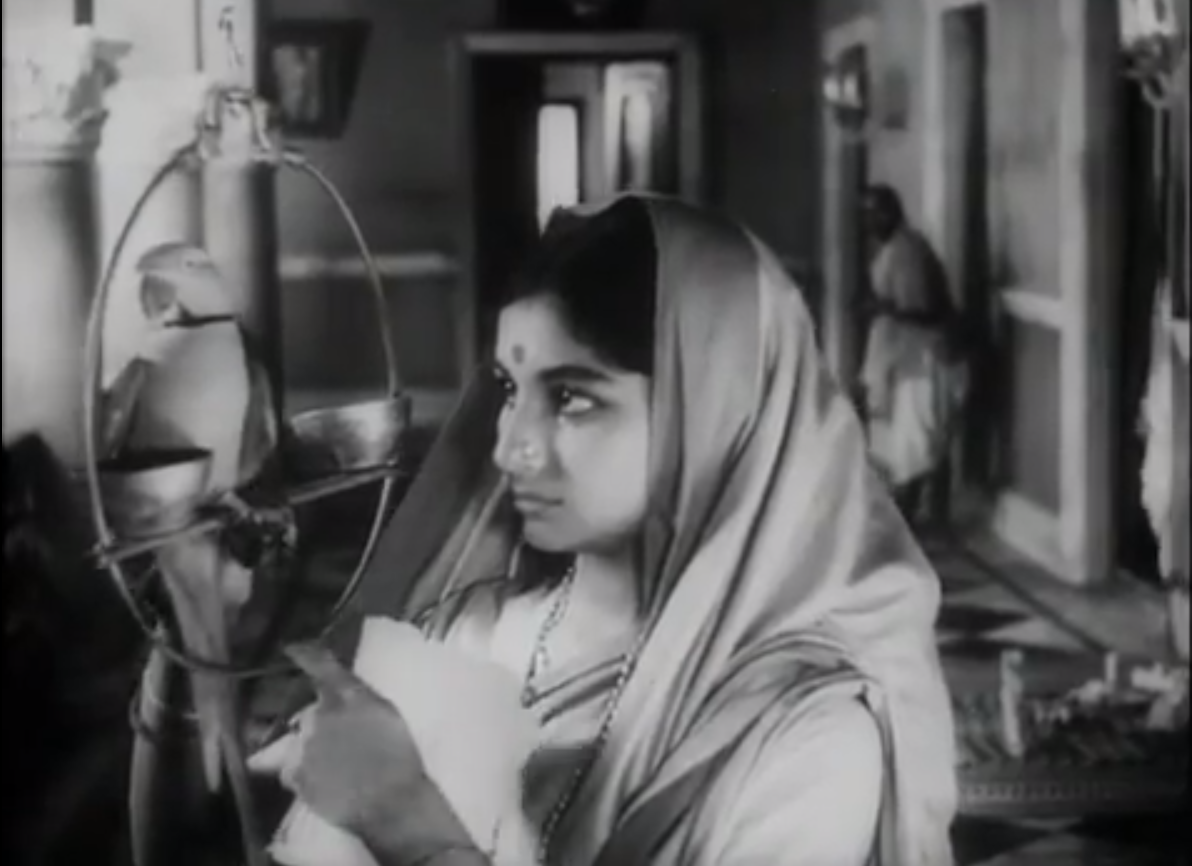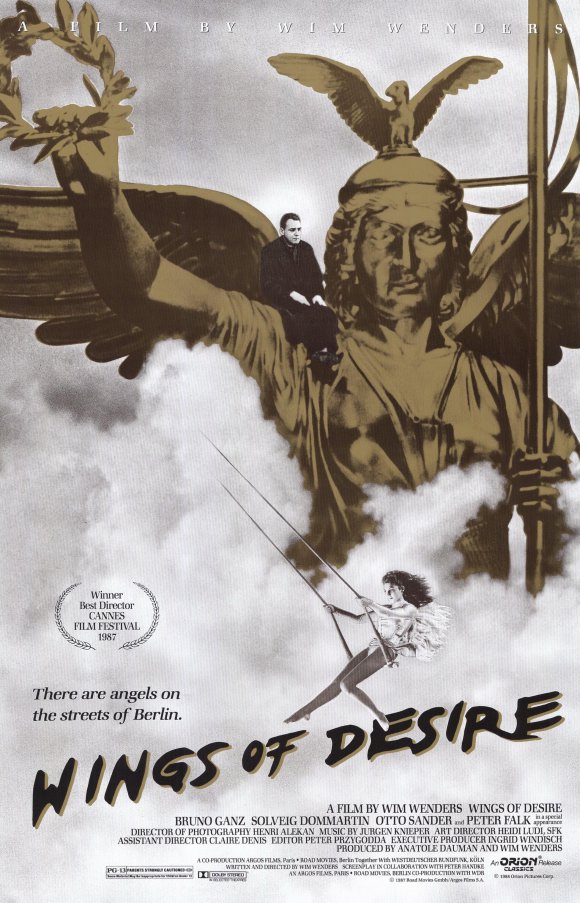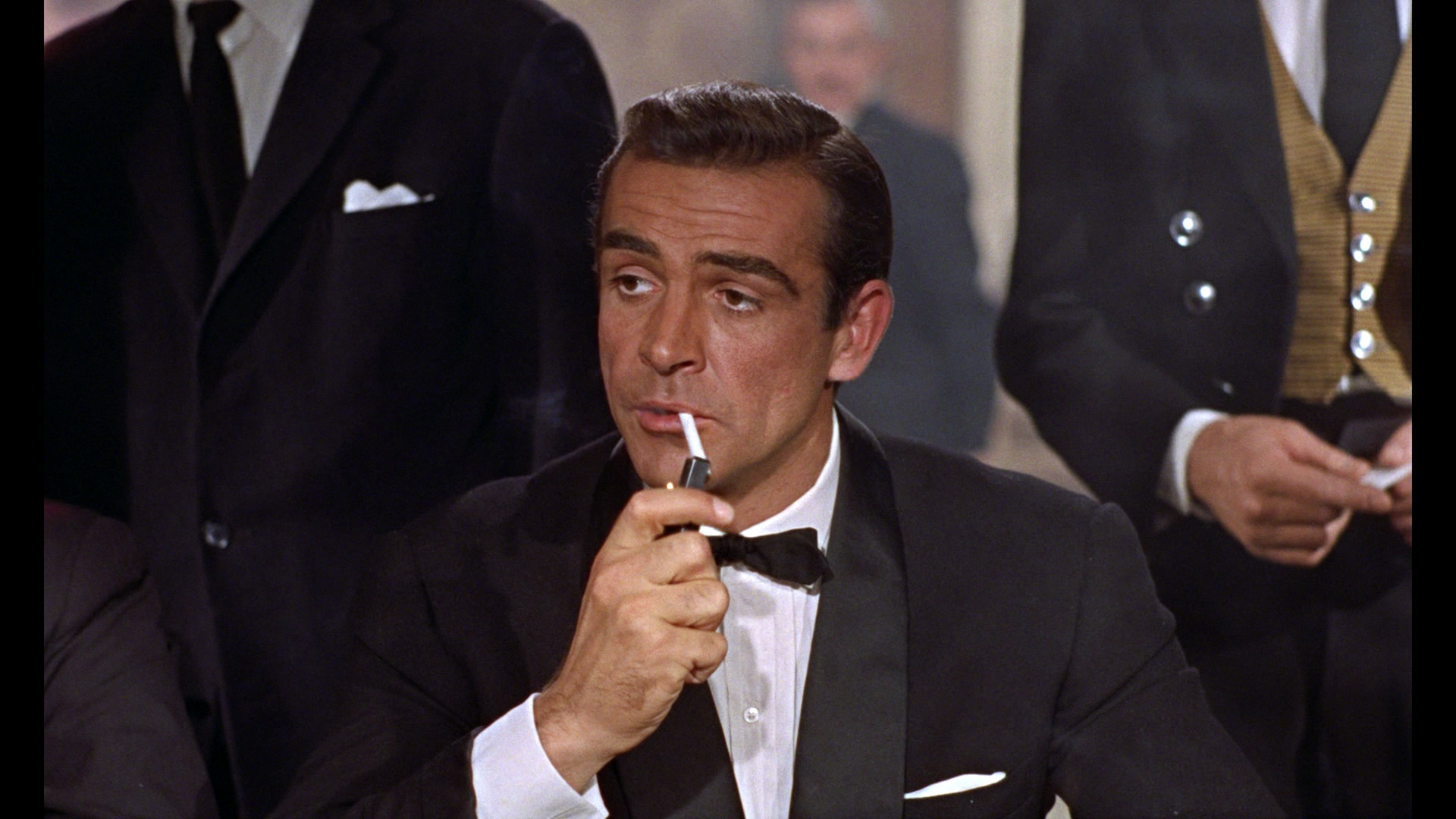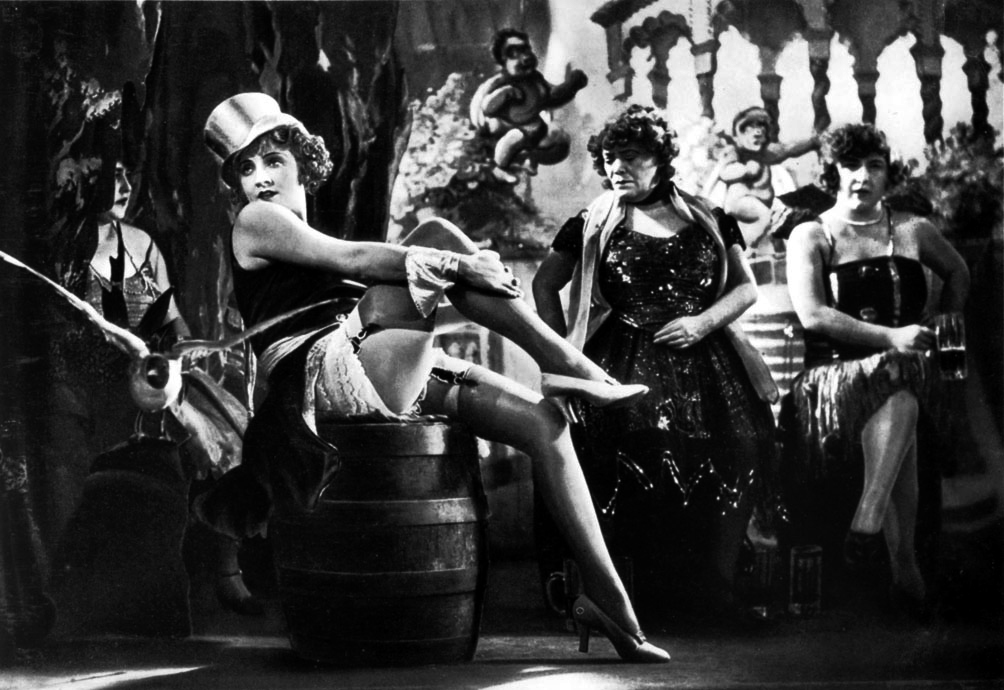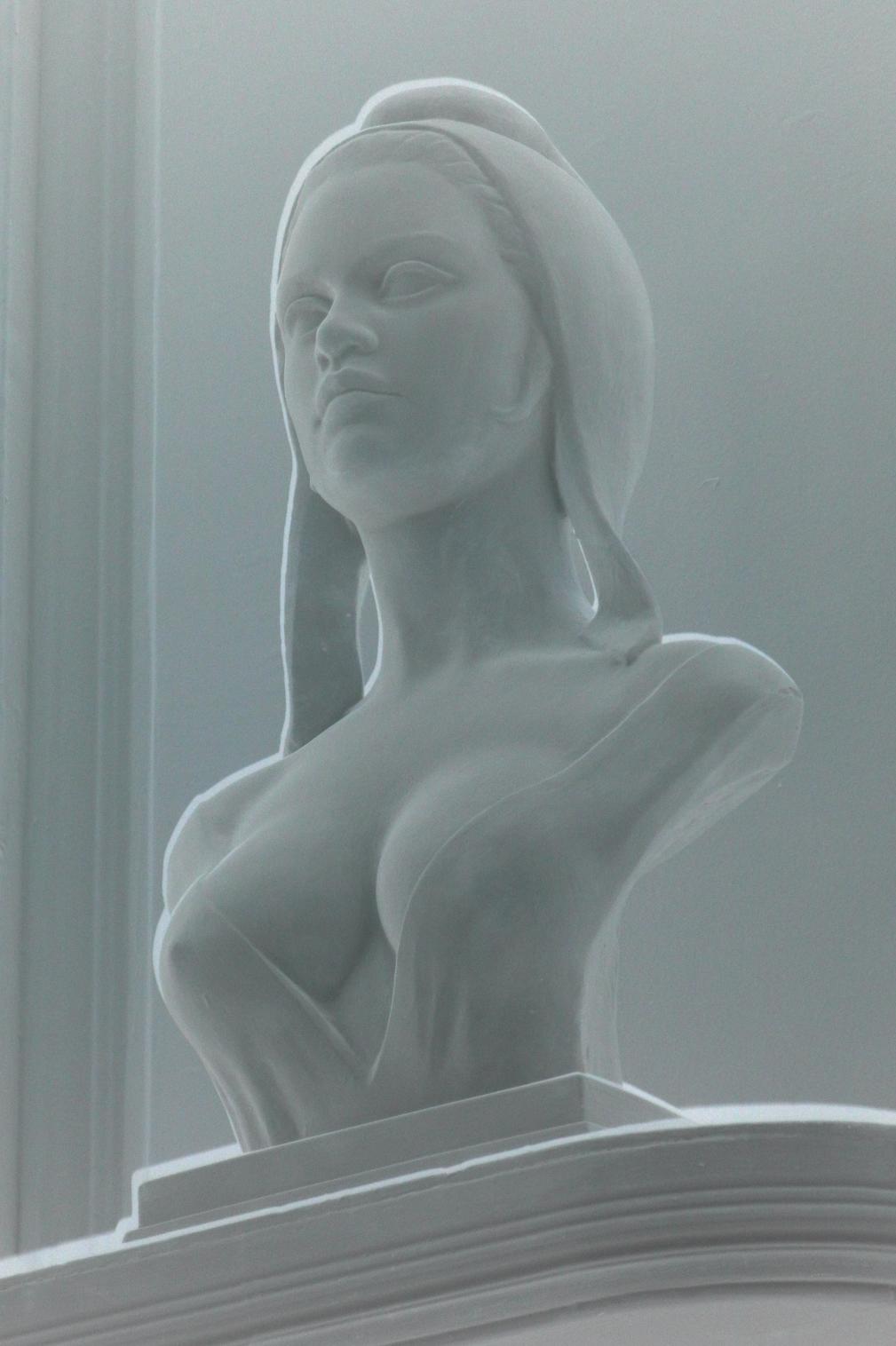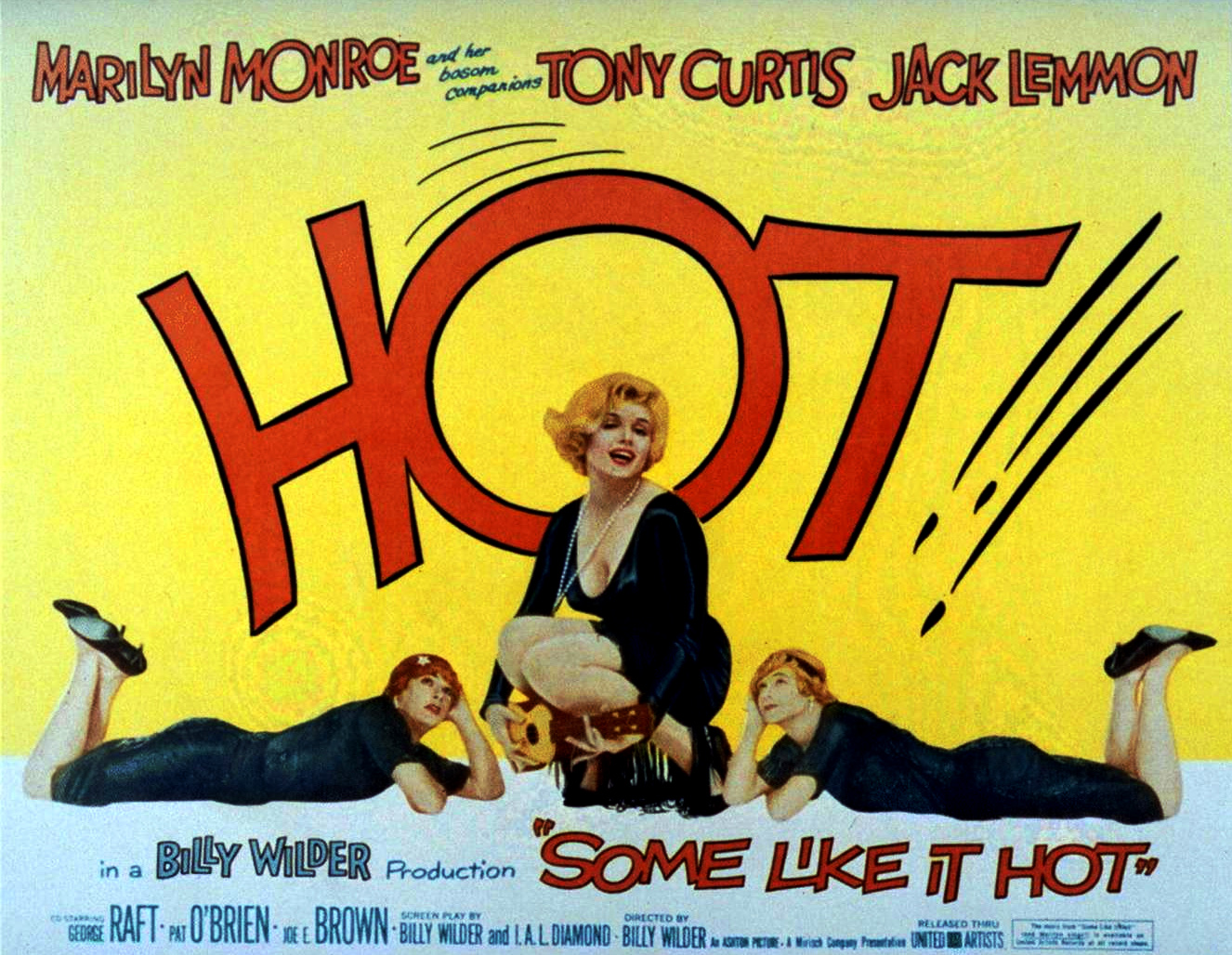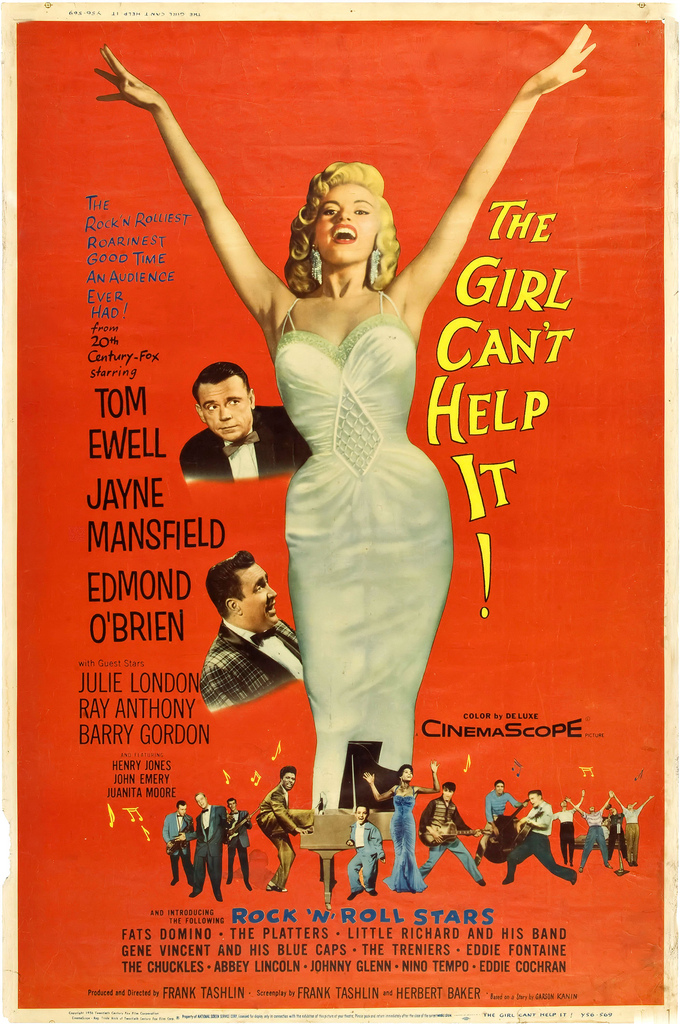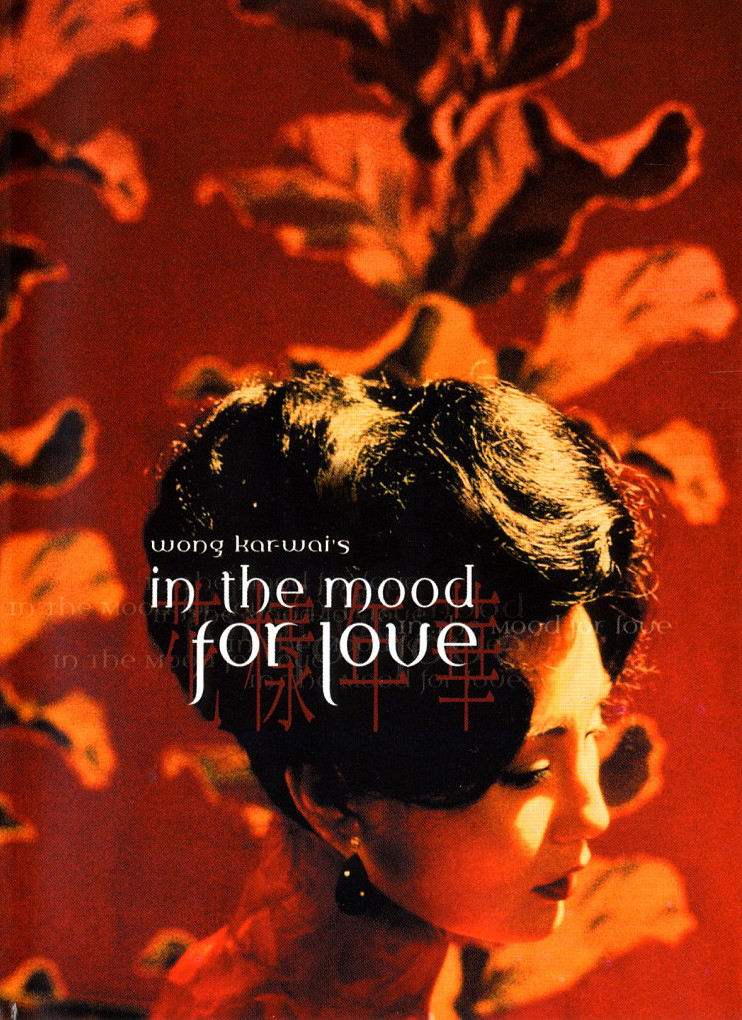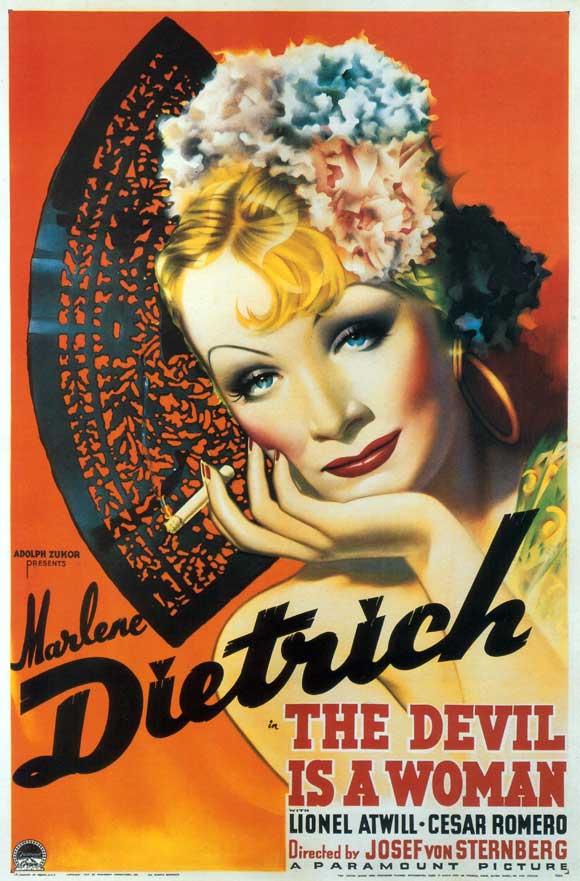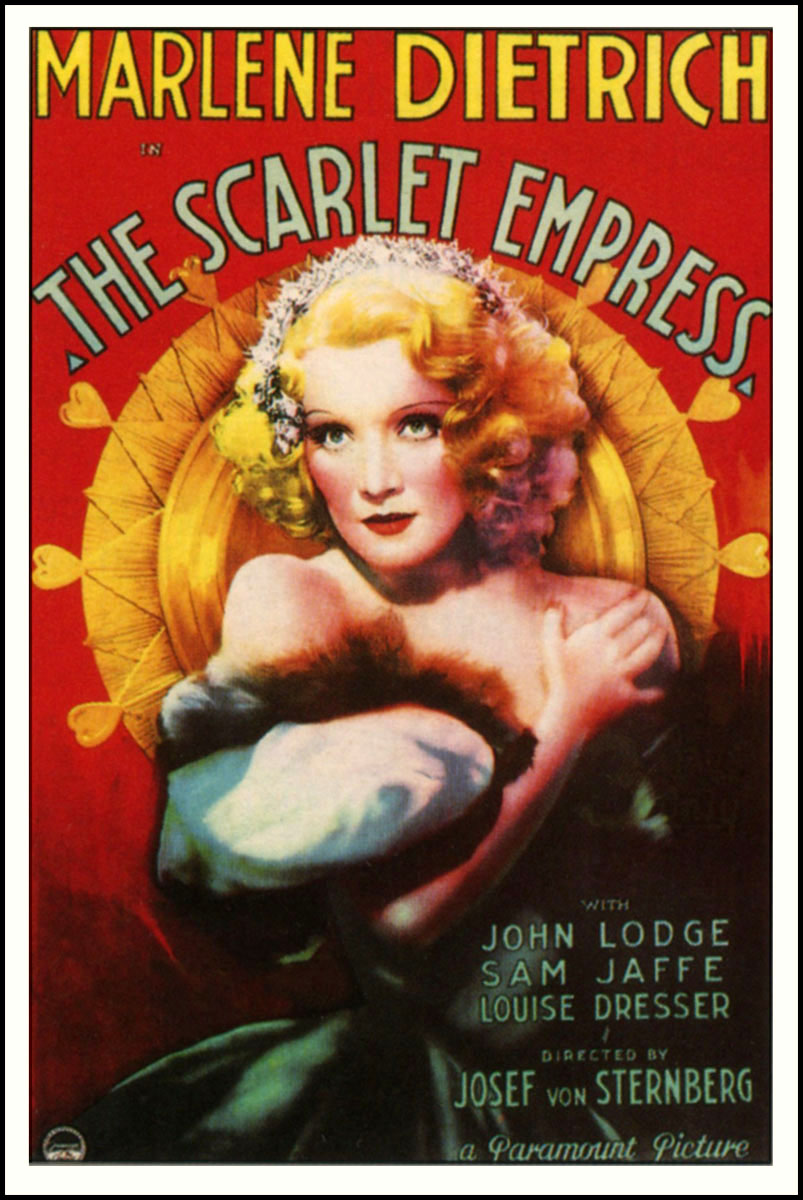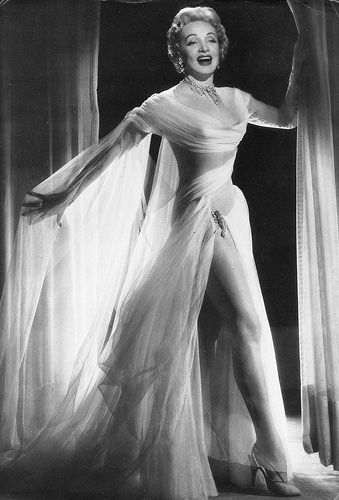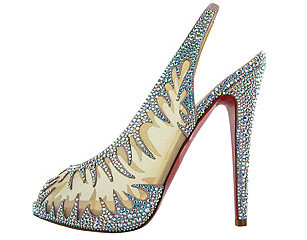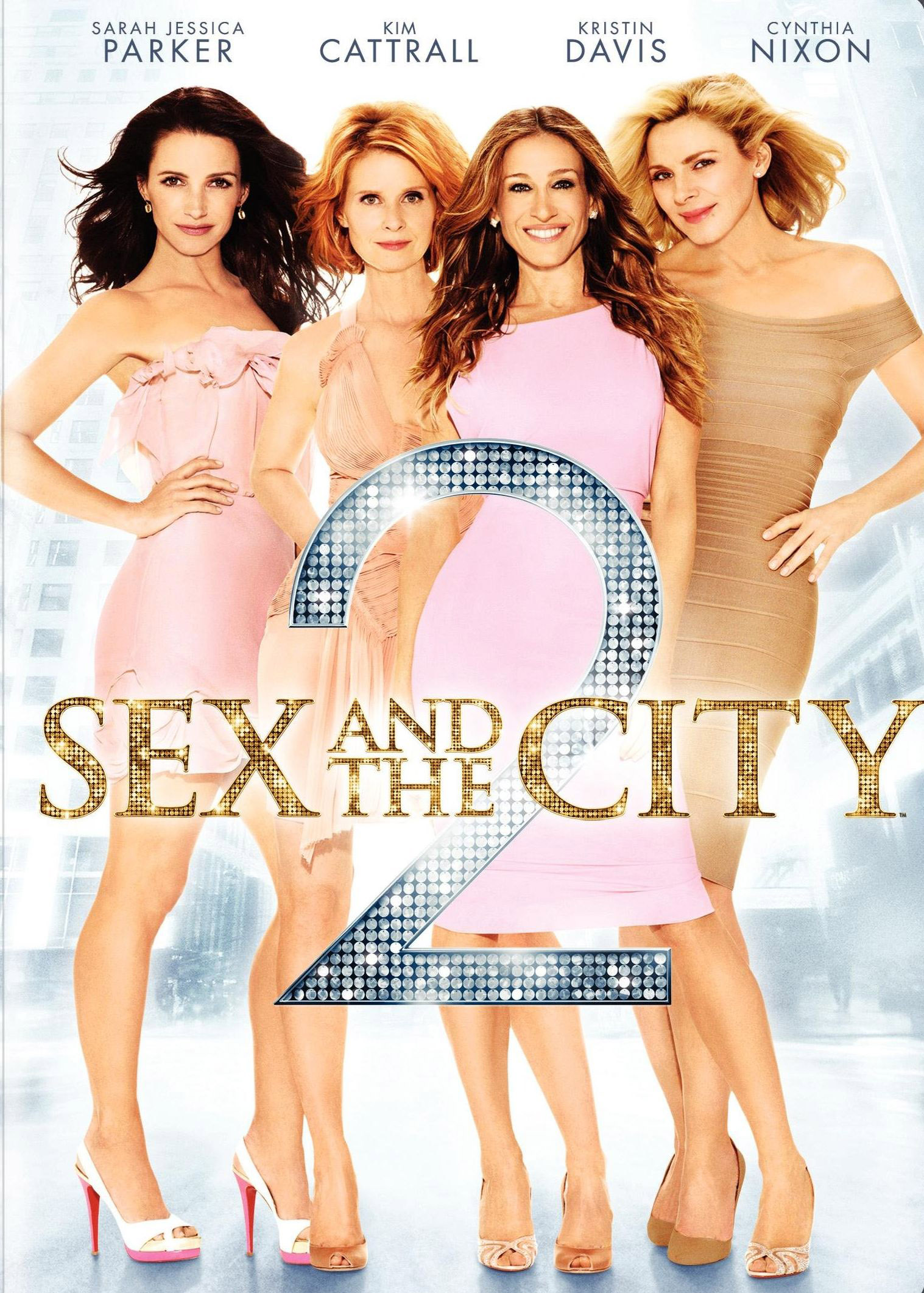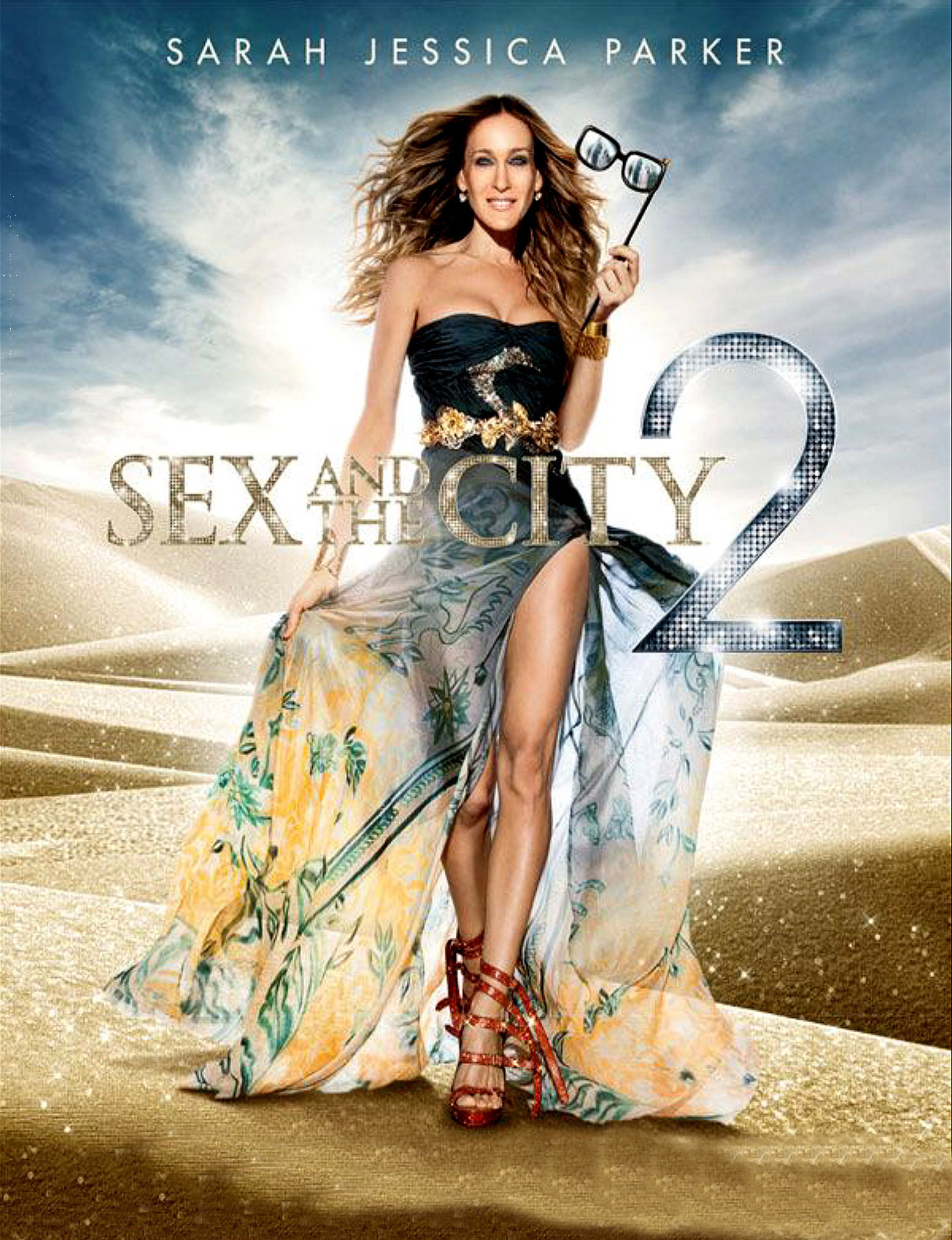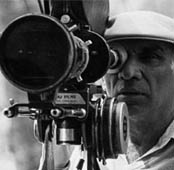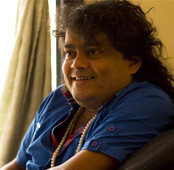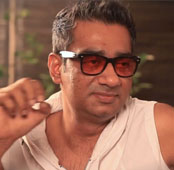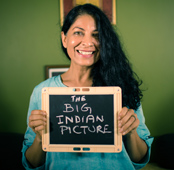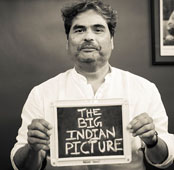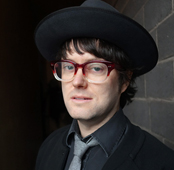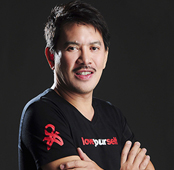 ..
..
On Needlepoint is a series on Fashion and Films, because ever since they were introduced to each other by Glamour, they’ve maintained a deep and exciting friendship, collaborated fruitfully, gotten up to mischief and given us more than a couple of exquisitely dazzling moments in history.
The time you spend with 50 year old Parisian footwear designer Christian Louboutin is filled with envy. This is not because he’s one of the highest ranking designers in the world (he has topped the Luxury Institute’s annual Luxury Brand Status Index, the LBSI, for three years in a row) or because each shoe he makes sells for a fortune. Or because after this evening in Mumbai, he will travel to Nepal… and then to his palace in Syria maybe? His cottage in Portugal? His 14th century castle in west-central France? Or to his sailboat christened Dahabibi (meaning, ‘my loveboat’) on the Nile?
This time is filled with envy because Louboutin makes all of this cease to matter. Because he discusses cinema with an uncanny passion that you are unable to match, however hard you try. Because it is a passion that marks everything in his life. He searches for the film Aan on your laptop as if it were the urgent need of the moment. Because, for Louboutin, it is. He has to know whether the princess in the movie was played by Nadira, or Meena Kumari.
Because every critical moment in Louboutin’s life has been a pressing need fulfilled. When he left home to room in with a friend at age 12. When he decided to drop out of school. When he came to India, on a whim, at 16, to “visit the studios”. Or when he casually acted in what was to become the cult French film Race D’ep. Clubbing at iconic Paris night club Le Palace, apprenticing at cabaret music hall Folies Bergere, freelancing for Chanel, Maud Frizon, Yves Saint Laurent… he has made every moment count. Louboutin does not let time fly by. He does not rush after it. He seems to collaborate with time. And exquisite things come of such collaborations.
He’s sitting on an armchair now, on a suite on the 23rd floor of the Taj Land’s End, in Bandra, Mumbai. On his feet are a pair of impressive off-white and gold shoes with his signature red soles. On a coffee table in the adjoining room are a pencil and eraser, that Louboutin sketches his shoes with, and a set of marker pens that he uses to fill in the colours. The red pen has pride of place in the set ever since he used an assistant’s nail polish to paint the sole of a stacked heel with, in 1993, in a flash of inspiration that gave his line a signature which he has been successful in patenting, only partially, last year. (The shoe itself was inspired by Andy Warhol’s Flowers). A copy of Kazuo Ishiguro’s Nocturnes lies in his suitcase that is packed and ready to leave with him tomorrow. On his bed is a tiny card, left by the hotel, inscribed with William Shakespeare’s “To sleep, perchance to Dream.” But in this moment the man who makes shoemaking seem like the most enthralling profession in the world is elsewhere; tuned into a different universe than the one suggested by the paraphernalia in the room. He is leaning back, shoes on the table, focussed on only one thing. As it used to be when he watched movies as a dyslexic child. These moments, again, are for cinema only.
When you were about 18, you acted in a French cult classic whose English title is The Homosexual Century.
Ya.
And then again in 1984, you acted in another French movie.
La Nuit porte-jarretelles.
Ya. Whose English title was The Night Wears Suspenders.
Exactly.
And then of course there were two other films where you played yourself. The Homosexual Century (whose French title was Race d’Ep)— was this the first movie you acted in?
No actually, I had acted in a movie when I was 13. It was a movie called The City Of Nine Doors by a director whose name I don’t remember. And then the second one was Race d’Ep by Lionel Soukaz and I was not 18 actually, I was definitely younger. I was 16 I guess.
Ah, because I was going according to the year the film was released in. But then, in those days, films would take longer to make than today. And also I am so so glad. Because I do remember that… at this point I was living at my parents’ house, which I left when I was 12, but I sort of came back now and then, and at age 18 I was not living at all anymore with my parents. But I remember very well, when the movie was out, I was taking a taxi, and the taxi arrived at this roundabout which was the Place de la Bastille in Paris. And at that time there was a big movie theatre called Cinema Bastille and I said to the taxi: “Do you mind to… that poster looks familiar… have a look again to the… could you turn around one more time?” And I turn around, at once, and it was me naked, with a feather. Holding a feather string. Naked, sitting on some… guy. And I thought: “Oh my god, if my parents are seeing that I’ll be killed.” So I remember that I was under-aged basically because otherwise I wouldn’t have cared. So I was 16.
This would have been a controversial film in the times when it was released. What made you decide to act in it?
I knew the director. The director was a friend of a friend. And this was like in the seventies, so basically in the seventies, especially at my age of like… 14, 15, 16… you don’t really think, and there hasn’t really been any type of thought before. He said: “I’m doing a movie, I want you to act in it.” And I said: “What is it about?” thinking I’m the new Cary Grant for sure. But I had no intention of acting in a movie. I never wanted to be an actor, and never will, clearly. So what happened is that I just didn’t think about it, but I had a bunch of friends who were doing the movie so I thought: “Okay, let’s do it.” And he just told me: “Well it’s a story of this photographer, and you’re going to be the leader of the gang of guys he’s meeting.” So the photographer was this famous photographer called Baron (Wilhelm) Von Gloeden, who was this photographer in the 1890s, and who’s been famous for these pictures that he did, of young Sicilian boys treated as sort of classical posters, Roman style, Greek style, with the grape, naked… a bit of leopard (skin)… with a little bit of fur somewhere or just holding a leaf.
And, what basically happened was that after three days I was really fed up. I was stuck in the middle of nowhere, in the country, and I really didn’t like it. I never liked to act. I did, by laziness, when I did it and because I always had a hard time to say no to people. So this was the only reason I did the movie, but after three days I was really fed up. The only thing I remember very well is Rene Scherer (a co-actor) and he was this philosopher, but also he was less famous than his brother, who was (the filmmaker) Eric Rohmer, and while Rene Schererhad the family name Eric Rohmer had changed his name. They had this sort of relationship a little bit like the Klossowski brothers, the two artists (Pierre—also a writer—and Balthus). They didn’t get along.
He claimed he was deaf, but I think he was pretending that he was deaf, because, funny enough, I remember having a very good time with him. And when I was speaking he was always laughing, and he was actually answering me. So I realized that it was a big trick that he was deaf— like he didn’t have to speak to people (if he didn’t want to). So basically there was this gang of young guys in the movie and he was listening to people, but barely speaking to anyone. The only person who happened to speak to him was me. So I was also very proud.
And the other film The Night Wears Suspenders, which released in 1984, did that come about in more or less that same way?
It definitely came about in the same way. I knew Virginie Thévenet as a sort of night club friend. A very, very sweet girl. So it was her first movie, and so in the movie she actually had cast a lot of people, who were not actors at the time. She cast Eva Ionesco, who now has become a director. She just did her first movie My Little Princess. She actually got a prize here, in Mumbai, for that movie. Eva was also my closest friend from school. My sister Farida (Khelfa) was in it. Most of the people in it were the sort of people who were coming out from the clubs from Paris etc. A kind of underground style Paris.
Acting has certain elements of showmanship, of drama; was there anything that you got from those early years that you took forward to your designs? Was acting something that you absolutely left behind, or was it something you learned to adapt?
I’ve been having a weird thing with acting, just the same way I always had a weird thing about being photographed. Often if you are photographed, and mostly if you’re acting, you’re basically not yourself. You’re supposed to be representing someone else, another character etc. So I posed for a lot of photographs with these photographers called Pierre et Gilles (the duo of Pierre Commoy and Gilles Blanchard, known for highly stylized photographs)and I never, ever had the patience for it. I also felt sort of awkward to be watched with a lens.Same thing for acting. I really have a hard time to have a lens—some really weird object—sort of staring at me. I always feel really uncomfortable. The weird thing is that I’ve been sort of able to do these little acting moments, that are as me— where I was the person that I am. Then it’s completely different. Even if someone is taking a photograph of me, as me, it sort of breaks that problem that I have, meaning I just couldn’t act as somebody else apart from who I was.
Do you think that’s the difference between an actor and a showman? That a showman, or someone who’s only a performer, can be himself?
Yes. I think there is a big difference between acting and another type of show where you could still be yourself. So it’s really completely different. I have no problem being myself— even staged, even fake. I have no problem being even more stupid than I am, but still myself. But I have a problem playing a dumb person who is not supposedly me, if you see what I mean.
Are there any really dramatic moments from cinema that have inspired your designs in some way or the other?
Yes, a lot, a lot. A lot of design that I’ve been doing have been directly influenced by movies, specific scenes of movies. Or not even specific scenes, but just the ambience of the movie is going to basically remind you of something, and sort of push you to draw according to that.
I’ll give a sort of wide example. Every single movie of David Lynch has been a big influence on my work. But not necessarily by its design— but by its ambience. If I’m thinking Lynch, my work is going to have the palette of colour of Lynch… it is going to be also fabrics, you know? If you think Lynch, you’re not going to think pink, or bright yellow, you know? It’s going to be blue, velvet. I mean I’m not even imagining the Blue Velvet movie, but dark, dark colours, suede and, you know, matte things.
So, a shoe can be just started by an ambience, or a shoe can just start by some music even. So definitely ambience in the cinema, as well as music, has pushed me to do a lot of designs.
But also some scenes, and literal things. Like, I would take (Luis) Bunuel as another example. Bunuel, he’s a great source of inspiration in terms of design. You know, most of his movies— from Le journal d’une femme de chambre to Repulsion. No, Repulsion is actually(Roman) Polanski. I’ve been doing a lot of shoes thinking about Repulsion because of this corridor with the hands coming out of its walls. But, Bunuel definitely. The first movie that he did Un Chien Andalou— that was so surrealist of him. I loved the Mexican part of him, but also the French part of him. Bunuel is probably the only director that I liked while growing up.
I was born in the mid sixties so I started to watch movies in the seventies, mid seventies actually, and I didn’t like any of the directors of my period. Worse— the actors. I’m talking about the French cinema. Now when I look back at the seventies period, I do like a lot of movies. I do like a lot of actors in the movies. But at the time, I don’t know why, it’s very personal with me, I just didn’t like my period. I just didn’t like what was exactly exposed in the seventies. There was this very naturalist type of cinema. So a girl had to look sort of frumpy. It needed to be sort of natural, sort of slightly turned down. I just didn’t like that.Also, French cinema in the seventies was very ‘true values’. It was the end of the sixties, so there was this sort of sexual revolution behind that etc.,and also the idea of freedom, and it was politically driven. It was not the sort of dreamy type of cinema, and I really always loved the most dreamy type of cinema. Now, when I look at those seventies movies, funny enough they look quite surreal because the acting, which seemed normal at the time, now seems to be over-acting. But at that time, at that specific period, it really didn’t look as if they were over-acting, they just acted boring.
Can you cite any designs? Like, for example, when we’re talking about Bunuel, can you cite any specific designs that may have been inspired from a film, or films?
Actually, when I said that I didn’t like any directors, there were two that I liked, of that time. When their movies were coming out, I would see their movies. Otherwise I would see fifties movies, sixties movies, 1920s, thirties, whatever, but never that period. But I’m missing one person, Jacques Doniol (Valcroze). I love Jacques Doniol movies actually. And so, yes, for instance, out of the Bunuel movies with Jeanne Moreau there’s one which is called Diary of a Chambermaid or Le journal dune femme de chambre, there is a really literal scene, where this older man who is a fetishist wants Jeanne Moreau to walk with the boots… and he talks to the boots, and he looks at her. So I actually re-designed these boots (that he wants Moreau to walk with), without actually re-looking at, or referring to the boots in the movie.
Basically I think everyone is influenced by things and it’s a very normal process. But there is a difference between copying and being influenced, even if it seems like the same thing. For me, if I think of something, even something very specific, I don’t look at the document— I won’t look at a picture of the thing. It just goes through the filter of my memory and it comes out the way it comes out. And funny enough, when I did that boot, which is called ‘Fife’, I thought that it would be quite close to the boot that she was wearing. But when I looked at the boot she was wearing, after I had done this, it has nothing in common: nothing, nothing, nothing. Well it’s in leather— that’s about it. But I do like that, I have no problem with that.
I did another shoe, thinking of another movie where actually, again, the main part is played by Moreau. It’s called Mademoiselle, and it’s one of the rare movies of Tony Richardson. So it’s a schoolteacher who comes into the country, and she’s teaching kids in the country in the South of France. What basically happens is that she is a pyromaniac, but nobody knows, and they have a lot of fires in that little village. So all the farms get set on fire. The houses of that village get set on fire. There is this immigration of—this is in the fifties—so there is this immigration of bucheron (woodcutters), cutting wood, Italian people coming to do that job for three months and after that they would move back to Italy. So, one of the two bucheron here is very handsome, and he has affairs with some girls in the village. So basically the men in the village are very jealous of him, and they blame him for setting the fires, when actually he doesn’t set the fires. But he is responsible for having sex with the wives. It was quite a fascinating movie because there’s a transformation of that teacher. She’s a very dry teacher, and very sort of old style, 1950s dry—Mademoiselle, the movie’s called because she is a Miss, an old Miss. She’s like more than 40 and she has never been married. And of course she has a crush on the good-looking bucheron and she sort of looks at him when he’s not looking at her. But there is this transformation of her from this sort of dry teacher when she goes to set this fire. As a ritual, she has a cupboard and she opens the cupboard and she has high heel shoes and she has piles of matches. So she puts make-up on, high heels, and she goes into the forest and she sets fire to the farms. But what I loved about the movie was the transformation which flows from the shoe. Red lipstick, and a pair of black pumps to set the fire.
It is said that your collection ‘Le Showgirls’ is sort of a tribute to the films All That Jazz, A Chorus Line, Showgirls and Moulin Rouge. In what way?
No, there is one part of the collection which is inspired by Showgirls, but that’s one thing that I always… I’ve always loved showgirls. I started designing shoes for showgirls. So it’s been inspired by a lot of movies which have showgirls. But I didn’t like Moulin Rouge.
You didn’t?
No. I didn’t like Moulin Rouge. There are two schools, I realized; a lot of people who liked Chicago didn’t like Moulin Rouge, and a lot of people who liked Moulin Rouge didn’t necessarily like Chicago. I’m on the Chicago side. Why? Because I think that in terms of performance, it’s a much better performance. In terms of style Moulin Rouge is more stylish, but it’s very still, compared to Chicago, where, you know, you have Catherine Zeta-Jones who’s great, and a wonderful dancer in the movie. But you also have RenéeZellweger who is great, but you also have Richard Gere, but you also have Queen Latifah who is a great singer, and a great dancer. So in terms of real performance, I think it’s a great show. It’s much more close to the Bob Fosse type of movie. And Moulin Rouge,which is a stylish movie, is shot a bit more sort of like a fashion-shoot. So I was really not inspired by Moulin Rouge.
I sort of always liked the movies by Busby Berkeley, but also all the Esther Williams movies. The very choreographed 1950s comedy musicals I’ve always loved.
One of the first movies I saw was… I think it’s a Nicholas Ray movie with Cyd Charisse (Party Girl). I remember very well, the poster— just a pair of legs like that, crossing. It’s a very famous movie of him. She’s never been as good as a dancer. I mean she was a great dancer but in a movie she’s never been as good.
And I always liked Singin’ In The Rain, I mean the classical Gene Kelly. They have definitely been very inspiring. In terms of music I’ll always love flamenco. Some movies with flamenco, have been great. There was a great movie with Carmen Amaya who was the great flamenco dancer, which was a very very good one too; I don’t remember the name again.
When you see these films do you think of your days working at the Folies Bergère (an iconic cabaret music hall in Paris, where Louboutin apprenticed)?
When I went to the Folies Bergère for the first time it was very much like The Red Shoes, this movie of Michael Powell (and Emeric Pressburger), which is set in Monaco, 1948, a Technicolor movie. So you see those shoes— the ballerina puts on those shoes and never wants to stop dancing. So it basically only takes her to her death— she jumps to her death with the shoes. It’s a bit of a tale about being unsatisfied in a way, but also ambition. And also, do you die for your work? Do you die for your art? Do you marry your art, giving up your life? Or can you sort of separate a bit of yourself from your art, or is it the only motto that you can live for? It’s a beautiful incredibly well shot movie. I had that feeling when I was at the Folies Bergère, not because of some sort of dramatic side, but because of the girls. One of the girls is of course Russian in the movie, and she’s this sort of diva, you know, a 1950s diva. Just like you have a bit in India still now, and less in Europe. So she’s always late, she’s quite lazy, but she has this fantastic skill as a dancer. So it’s about her. And so there were these type of characters in the seventies in the Folies Bergère.The girls would always arrive late, they were always complaining. They were tricky, you always had fights between the girls etc. But it all looked like a boarding school at the same time. I always had the idea of it being like this sort of big, big boarding school filled with feathers basically.
Can you think of any other films that have influenced you in the way that Diary of a Chambermaid did?
A lot of Lynch movies inspired me to do really very specific shoes. And this is proof—I did shoes that were photographed by David Lynch for this exhibition I did with him. So ‘Fetish’ (the exhibition)was definitely an inspiration starting from David’s work.
But the problem that I have with being very inspired by movies that I love is that when I love some movies, they’re already so perfectly styled that you don’t necessarily want to change anything. I’m thinking West Side Story is a great movie also. It’s very inspirational, but at the end of the day everything is there. If you think Audrey Hepburn in Roman Holiday— same thing, you know? She is already so perfectly styled that there is just nothing to add. So I would say that some Egyptian movies were very inspiring because, for instance, in the classical type of Egyptian movie, in the 1950s, sixties, you always had a belly dancer. And belly dancers are bare foot, and that’s one thing that I really liked to do— shoes for people who don’t really need the shoes. Really good belly dancers should not be on shoes. So to sort of draw a shoe inspired by a belly dancer is actually a counter-sense in a way because she shouldn’t have them. So the paradox actually leads to interesting shoes. I have been more thinking of people with bare feet, adding shoes to them, for instance, rather than thinking of people who are already properly attired in a way.
You first came to India in 1978, when you were 15 or 16. Why?
When I was 16, I came for the first time to Madras because of some of the earlier movies I saw. I started to go by myself to see movies when I was 12. Once, when I was 13,my sister Elena and I,and one of my friends who was older and loved movies too, spent the whole night out and then we slept over at his house. We woke up and Elena said, “We have to go to the cinematheque.We have to see a movie, you’re going to love it. It’s an Indian movie.” And we were like, “Ugh, what? An Indian movie? What for?” She said, “It’s a beautiful Indian movie and it’s called Devi and it is by this director called Satyajit Ray.”Now, where I was living there were two cinemas— one was called the Louxor and one was called the Delta. The Delta specialized in Indian movies. So I had seen a few movies that I liked because there were a lot of sing-songs. One was Aan, which was one of my favourites. So the first time we went to the Cinematheque with Elena, and she said, “There is this movie called Devi and the director is going to be there. He is called Satyajit Ray.” I thought: Oh God, what a bore. And then, we still went, and we saw a fascinating movie. And at the end, everybody applauded— it’s a beautiful, beautiful black and white, a classic of Satyajit Ray. And he was there. So that was very impressive because first of all he was a very tall and very handsome man. And he was bringing to that room, the perfect idea of Indian elegance. He was extremely elegant, extremely well dressed, extremely polite. He had a beautiful voice, and he had these sort of glasses and he started to explain his movie, and some people were asking him about his story etc. So since that day I started to see Satyajit Ray movies, and some other Indian directors but more of his movies, especially his new movies. So I saw something of the Indian cinema, through Satyajit Ray, and also some of Bollywood cinema, which at the time was made in Madras as well. So, when I turned 15, and I decided to go to India, one of the reasons was that I wanted to visit studios. So I went with a friend of mine, who was older, to Madras. We went first to Bombay, but we didn’t think of going to a studio in Bombay for whatever reason.
Why did you want to visit the studios? For what purpose?
Because when I was watching the Bollywood movies, some of which were made in Madras then—and you knew that a lot of other Indian movies (the Tamil movies) were made in Madras—it looked like a studio. I wanted to see how it was made because those fifties and sixties movies, Indian movies, musicals etc. looked really… there was something that I really loved compared to the American cinema of the same time. The big difference between the same period, of the 1960s colour movie, between Hollywood and Bollywood, was that all the tricks were really, really big in Indian cinema. Also, there was something sort of really not very well made, in a way. When you were shown columns, for instance, they would be shaking at times. You could definitely see that it was made in a studio. That I sort of liked. So I just was sort of quite fascinated to see what the studio actually looked like. And also I guess there was this idea for me of pure exoticism about the Indian cinema, whereas the American cinema was not pure exoticism— it was really pure industry. I could not even imagine knocking on the door and asking to visit a studio in America. I would not even imagine that. While in India I thought it would be possible. So I first came to India— to start visiting India and also to visit the studios in Madras, which I did.
You were here for about a year?
I was there for a bit less than a year.
Which are the Indian films, and filmmakers that you’ve enjoyed the most?
I would say that clearly Satyajit Ray has been my favorite director. And also he has been a very inspiring director even in terms of my work. I would say that not only is he a fantastic director, but also he’s been very inspiring in every single aspect, from his black and white movies, to his colour movies, to the story etc.
But there is also one thing which sort of fascinated me. An idea that came to me because of Satyajit Ray.
Basically, when you go to see movies, there is one thing that is never really surprising: you always seem to know whether this movie is made by a male director or a female director. It’s very rare to imagine this movie is done by a woman and it’s actually done by a man— you’ll never get it wrong. But when you watch Satyajit Ray’s movies, when you watch Charulata or La Maison et Le Monde, The House and the World (Ghare Baire), it’s quite difficult to know if it is made by a male director or a female director. He manages to enter the essence of femininity in a way that you really have a hard time.
This was the subject of a game that I was playing at the time with my friends who didn’t know their movies. I would say, “Is it a male director or a female director?” and people were saying (for films by Ray): “Oh, it’s a woman.” Some would say: “Oh it’s a man.” But you never really knew.It was something he managed to understand as an insider almost—what’s going on in a person, the essence of a lot of situations etc., but also of women, which is one thing I feel very close to because I’ve been brought up by women. So I know how women are perceived by women, but very few men can actually understand women or how they act. A part of the woman’s world is really difficult to go through if you are a man actually, and still Satyajit Ray has this thing— it’s incredible how much subtlety and femininity goes into his movie in a very, very, very impressive way. I would say that among Indian directors I did like, very much, Guru Dutt. But definitely my favourite, by far, would be Ray.
You spoke about him inspiring you in your work as well; how so?
Because I am doing a very feminine work, and in his movies there is something also very, very feminine, and he understands women in a very… But also he has a way to film women, the subtlety of women, the movement, the body language, which is very inspiring in general. And again it’s often women portrayed with no shoes. So it’s not directly translated through the shoes of his characters, I would say,but at the same time everything which is painted of femininity is interesting to me. That (interest) comes from my work, and goes directly to my work.
And, as I said, he is one of the rare directors to have transcended that male-female filmmaker style.
Has any shoe of yours ever been inspired by a character in his movies? Maybe a female character; not by her shoes but by the character itself? Or a scene?
You know what? Yes. Because I did some shoes which were sort of really very, very, very soft sandals, big heels, with a sort of henna design. So there are one or two scenes in Devi for instance… there is a moment where you see that from being still sane, she starts to be quite insane, and completely lost, and she has all this sort of make-up, as a goddess, she has this heavy make-up with all the dots etc. So I did a shoe, actually, very,very, very close to that, taking the drawing of all the dots, and outlining it in the way that she has this very, very heavy kohl underneath the eyes, which starts dripping. So the arch line was very, very dark, black, with a skin colour, with all these sort of white dots out of the face of Devi, and Charulata too. But also a lot of details of ornaments, of the flowers etc. There is also a lot, from Devi, from the dreams of the father, where he’s mixing up Kali and his daughter-in-law, with all these sort of metal pieces, statues,and flowers etc. So I did some shoes out of mixed metals, mixed with really sort of silky flowers— so quite inspired by, actually, the dreams of the father-in-law in Devi.
What did you call these shoes?
There was one that I called ‘Shiva’, there was another one that I called‘Devi’, to be literal. I did one shoe which was a flat shoe and it’s a mix of the border of a sari, and then a part of it is almost like… you have a lot of rings so it’s just like little strings of gold, but it’s also very much like the Cartier rings, and it’s all mixed together. So it’s a lot of bangles you would have on one little foot, attached, and then its borders would sort of cross in the middle, on the arch, the flat huge border side.
And this was called?
I called this shoe ‘Devdas’. It’s not necessary that they have some reference to the movie. I love Devdas though.
The one with Dilip Kumar, or the one with Shahrukh Khan?
No. The one with Shahrukh Khan. I have never seen the one with Dilip Kumar.
And the shoe you’ve made called ‘Bollywoody’, what made you call it that?
Just the colours, I have to say. I’ve been a little lazy with the Bollywood shoe. It was really a reference. It was a shoe that I had but I had it in a very, very sort of classical way with the black pattern etc., when I wanted pretty much the opposite. It’s a very structured pump, so it’s a very Western type of pump; so I just wanted to make it happy in a way with a lot of colours, and really more ornamented. So I did it in blue, turquoise and then also in bright pink, like what you call ‘Indian pink’. And also crystals embroidered all around the shoes. I called it ‘Bollywoody’ because it really has the Bollywood colours. And what I remembered of Bollywood was the Bollywood posters that you had in the late seventies in Madras, which were actually hand painted. But most of them also were with a lot of sequins. So you had these sort of faces etc. but a lot of writing, and a lot of background with fixed sequins, which shimmer in the sun, which I love. So when I do a reference to Bollywood, it also has to do not necessarily with movies, but with the posters and the brightness of the posters from the late seventies.
You have a poster collection…
I have a poster collection.
Of Bollywood posters…
Of Bollywood posters and Indian movies in general.
When did that start? Way back when you had come into India?
The first time I came to India I started to buy posters and then I kept on buying some, but it’s not about the movies in general, though I sort of know a little bit about some movies. For instance, you would have the first print, because it was painted for the first week and then after that per movie you would have different posters. So I sort of always liked the idea because you never had that in France. You never had a movie whose posters were changing, because they were never really hand painted so they wouldn’t change every week. And so that’s one thing that I liked, but I liked it also because a lot of movies then, now a little bit less, were written in the Indian—Hindi or Tamil—script, and not the same writing. So also in terms of graphism, when you come from Europe those letters in themselves are really beautiful. And I like calligraphy, so I like the very calligraphic posters. I can’t read it, so I can see it as a design instead of something that you have to read. It was really sort of a visual in the beginning; it has nothing to do with the knowledge of Bollywood.
Moving on to the way cinema has influenced you personally, there’s a trapeze swing in your studio. How did that come about?
I started trapeze because I saw one movie, which is a Wim Wenders movie with Bruno Ganz, which is called Wings Of Desire. This is a beautiful movie and so when I saw that movie there is this beautiful scene where the angel, (played by) Bruno Ganz, flies and he lands in Berlin. But he is transparent to the world. Nobody sees him; he can see the world, but he just cannot be seen unless he becomes human and loses his status as an angel. And there is this moment when he sees this woman in a trapeze, flying, and that is the moment where he falls in love and he decides to become human and to probably go back to a human state. I just love that scene. I love the movie, but I just love that scene specifically.
So when I left the cinema I said, “Okay I want to do trapeze.” So I started trapeze because of that movie. And funny enough, two years after or three years after I started the trapeze I was in the class in Paris where I was doing that trapeze and who do I see? I arrived a bit late. So the classes had started with a bit of stretching and a bit of yoga etc. before going on the trapeze. And I bumped into Solveig Dommartin who was the actress (that Ganz’s character fell in love with). So it’s ten o’clock in the morning and I’m thinking: This is because of her that I’m here actually! I should tell her. I should definitely tell her.But first of all I was a little bit shy, and then I looked at her and she was in bad leggings. It’s morning, so nobody really cares. She probably didn’t wash her hair and had no make-up on, and I thought: Well, who would be happy to have this talk at ten o’clock in the morning—My God this is because of you etc. If you’re an actress, you don’t necessarily want to have this talk at 10 o’clock when you are in your bad gym clothes, and someone is explaining to you that you are a goddess, and so I thought I shouldn’t tell her anything.
I ended up not talking to her, and when she went on the trapeze I looked at her, of course, and she didn’t have the grace at all. She was actually really bad. And I thought: Well, at the end of the day this is what is magical in the cinema: that vision of this man who was in love with her.Wim Wenders made her fly just like an angel, and she was an angel in the movie; but reality was a different story. She was not so impressive in the trapeze. Too bad, but at the same time it just makes stronger the love that I have for cinema.Because I really understand that what I always love about cinema is that magical part.And I sort of lived the proof of the magical part through this incident.
What’s your most vivid childhood memory of watching a movie with your family?
With my family it was James Bond.
Which one?
I couldn’t say which one, actually, but it was definitely Sean Connery. As a kid I adored Sean Connery and I still think that no one has beat him for James Bond. There is no way one can ever beat him, and I was very disappointed by Roger Moore. When I look back now he’s not a bad James Bond, but to me James Bond was really Sean Connery and he sort of formatted my idea of a superhero.
What was the memory? Was it all your family members? Your father, your mother, your three sisters together?
I didn’t go to the cinema with my parents. I would watch movies on TV with them. Actually, I was dyslexic as a child. So when you’re dyslexic your concentration is slightly different. So in that sense when I was watching a movie I was completely taken by the TV or the screen. So strangely enough, I have no remembrance of people around me. It’s quite rare for me to remember such things, and the few rare moments that I remember will be when someone is looking at her or his watch, getting bored. This really kills me. And I had this happen with one of my best friends and I said, “Listen, I shall never, ever go to the movies with you anymore because you keep on watching your watch and it drives me crazy!” Once you do it twice, I can’t appreciate the movie anymore.I have the feeling that someone is so bored next to me. It really destroys all the pleasure that I have from watching that movie. So basically I always loved to watch movies all by myself. I often went to the cinema by myself. Even today, when I watch a movie, I manage to have all my attention driven to it. What I’m saying is that it shuts off all the other elements around me.
What are, according to you, some of the most sweeping ways in which design and fashion have influenced cinema?
I would think of two completely different things. First of all, if I think for me and my work, my idea has always been divided. If I have to say who are the persons who would represent the perfect shoe in cinema, I would say, from the front: Marlene Dietrich. Why? Because of the way she crosses her legs, the posture, the body language. From the front, the attitude is all elegance. From the back it would be Marilyn (Monroe) because Marilyn is all about the way she walks. If you think of a woman from the front that’s Dietrich. From the back, walking, it’s definitely Marilyn Monroe. So a perfect shoe would have the front designed for Marlene Dietrich, and the back, the heel, designed for Marilyn Monroe because you really want to see her walking and you want to see the shape of her body walking and you have all these famous scenes, like in Some Like It Hot you have two guys undress and dry and then they keep on looking at her ass and the way she’s walking. Another example, of course, is Jayne Mansfield in The Girl Can’t Help It— it’s the same thing.
To go back to your question I would say that, where I think there has been a huge influence from the cinema to… (fashion), it’s not necessarily been by a movie, but it’s by the characters in a movie and it would be (characters played by) Brigitte Bardot, because Brigitte Bardot really represents, completely by herself, that sense of freedom. And that sense of freedom has inspired all the sixties— all the French movement in fashion of a sort of liberated corset (the girdle, which was popular till the fifties, were supplanted by the pantyhose since. In 1970, Bardot was used as a model for Marianne, the national emblem of France, who is a personification of liberty. Busts and statues of Marianne had previously had anonymous features. This was the first time she was modeled on a famous woman). And in the fact that, you know, you have at first Martine Carol. Martine Carol is the huge actress for the youth in the fifties in France. And then Bardot arrives, and Martine Carol becomes completely out of fashion. But not for Bardot’s choice of movies, but because she represents the youth and the freedom and there is no corset. There is no tightness in the body. The body is completely open and completely liberated. So it’s not even shoes actually. She’s always in ballerinas. Bardot really represents someone… not barefoot, sometimes barefoot, but also completely in flat shoes. Flat, flat, low ballerinas. And so, definitely I would say that if someone has influenced ‘maximum fashion’ in a way, ‘long-term fashion’, it really is Brigitte Bardot. But at the same time if you go on to ask me about the sophisticated aspect of fashion, it would be Dietrich.
You collaborated with David Lynch for the exhibition ‘Fetish’, in which you had women who wore shoes that were beautiful, but very painful. Shoes they would not wear in their normal course of life. Why did you decide to do this exhibition with a filmmaker?
Because, first of all, I belong to the fashion industry by accident. The thing that I always wanted to do was to design shoes, but never necessarily for fashion; I really wanted to design shoes for dancers: for showgirls, for performers. But it ended up that when I did the Folies Bergère, I realized that not everywhere was Broadway and also it’s a very expensive thing to do shoes. You don’t just take a machine and sow shoes. It’s not just about taking a cloth and stitching it.
So I ended up starting in the fashion industry but my real passion from the beginning has always been basically plays, movies, performers, concerts. So when I started I thought at one point when I was first selling my shoes and I had so many women saying, “I can’t run in these shoes!” And I thought: Well, why does everybody always want to run?Then I thought: I would love to do shoes, where I would never have to hear, “I can’t run in these shoes.” These shoes are not meant for running. Just like shoes are not made necessarily for walking. Just like a lot of other objects have different meanings.
So I basically thought: Okay,I would like to do a series of shoes which have to be seen with desire. So by extension it became shoes of desire, so it could go on the side of fetishism, and also fetishism is not… you do not have one fetishism. Fetishism is a large word with a lot of meanings. Fetishism is often reduced to bondage;a sadomasochist type of practice. Bondage is a specific type of fetishism, but fetishism is not just bondage. So I thought: Well,I would love to do shoes… really fetishist shoes, and have them photographed by someone. What I thought of in the beginning was that I’m sure that I just don’t want these shoes being photographed by a fashion photographer because it ends up being… the problem with fashion photography is that it’s such a short moment. That anything that gets shot through the lens of fashion gets dated very quickly. In that idea, fetishism, I didn’t want to have it dated by the passing of the instant moment. So I thought it should actually have the sensibility of a director. If you are a movie director you may be influenced by the same things (as a fashion photographer), the same country you’ve been visiting or by the same exhibition… but if you treat the essence in a different way, it stays longer basically. And so I thought: When I think of fetishism, it has to be done by a photographer who can be inspired by fetishism, but also who, in his work, has something very strong around fetishism or who is one of the people whose work I fetishize about.
And I thought that I would love to do those pictures a la Lynch, in the Lynch style. For me, when I was thinking of these shoes, the environment was very much Lynch. And I had known David, though we were not really friends— we had just met. I had worked with him on a different things, though not as a designer. I had photographed… I had written about him… his garden (for French Vogue). We met again a few years after and he was in Paris to start his exhibition at the Fondation Cartier pour l’Art Contemporain, and we actually became friends at that time. So I thought: Well, I always wanted to do this exhibition in a Lynch way, but back then that would have been a little fancy. Now that I know David well enough to ask him I must. So I asked him because, instead of doing it in the Lynch way, if you can do it with Lynch, it makes much more sense. Because David was my first inspiration when I was thinking of these photographs. I really thought that the closest environment I could talk about, that I could visualize, would be a Lynch film— so it came naturally.
Have you considered taking your collaboration ahead and making a film, like Dali and Bunuel did?
No, because David, at the end of the day, I don’t think he really needs anyone actually to do movies with. So it would be a dream to work with David because he’s such a wonderful character, but also he’s very… he’s like a student. When I asked him about those pictures; before we ended the conversation I said, “I would have loved you to do photographs of shoes really inspired by fetishism in general,” and he said, “Okay, let’s do it.” He just didn’t think twice and he’s got this huge enthusiasm about projects, which I love. It’s a great thing to be so enthusiastic, like that,after so many years of practice. To keep on having, as your core base, this huge enthusiasm. And as long as it’s creative, his mind starts floating. So it’s great, but I really don’t think he needs anyone to do a collaboration with. I mean, if he wanted to collaborate with someone, it would be up to him to actually think of someone…The one person that I love, one of my favorite directors, is also, like David in a way, a big aesthete, I mean by that that you have a lot of great directors, and you can be a great director, but this is not necessarily why you are an aesthete. I sort of come from the world of aestheticism, through my work and everything that I love. I have to say that I love the idea as a person: people who are aesthetes.
So you have another director who I really watch: Wong Kar-Wai. And Wong Kar-Wai is very detail-oriented. And he always has great shots of shoes. But I have to say, me, as a shoe designer, I always notice that the line looks good, but it’s badly made. And actually China is not really good for making shoes, even now. So the styles are beautiful, but they’re badly executed. Like the dress in In the Mood for Love. All the different dresses with the same line are all as beautiful as possible.It goes to the shoe— I understand the line, I understand the silhouette, but the details, they’re bad. I can see that it’s not well made. I may be the only person to see that but I know that as an aesthete it bothers me. Because I think, if you need help, I’m all there for you.
According to you, who is the most striking female character in all the films that you’ve seen, and what sort of shoes would you make for her?
Again it’s very complicated because in films you have completely opposite type of characters, in the sense that some people… I like some actresses for everything they represented around men. Again I’m thinking of Marlene Dietrich. Marlene Dietrich is an example of an incredible character, incredible fabrication, incredible beauty, great actress, funny actress. You see the pleasure that she has playing… there is something about what she is and there is something completely the opposite, completely comic in a way, but with such style, and when I think Dietrich, I also think (Josef Von) Sternberg… And, you know, The Devil is a Woman, The Scarlet Empress, I mean, everything is perfect.
Have you designed any shoes for Marlene?
I designed a lot of shoes thinking of Dietrich, definitely. One I called ‘Maralena’ and ‘Maralena’ is thinking of Dietrich of course, and it’s also about a photograph. I love Dietrich for many reasons. I think she’s a trooper, an amazing character. Her daughter wrote her memories of her mother (Marlene Deitrich by Maria Riva), and they’re the most fascinating memories ever.
So in the career of Dietrich there is one moment, of everything she had a problem with, the one thing that I perfectly relate to. When you have a problem, there is always something good that you can pull out of that. At one point, Dietrich was broke, and nobody wanted her anymore in the sixties. She was completely passed by in a way and she decided to do something which would be considered the end of a career for anyone: going to Las Vegas. Basically she transformed herself into a stage person, as a huge, huge, huge singer actually, because she’s been singing in her movies etc. So she became this big performer, and instead of thinking, you know: Oh my God, this is the end of my career, she re-launched herself in the most brilliant way. And she was wonderful, I saw all her movies, her singing, performing. The one thing which I love is that she had this perfect body and she had these dresses made by Jean Louis which made her look naked, almost,because they were made of translucent, sheer chiffon, with some brooches and diamonds to hold it etc. And she always had a thick diamond necklace around her neck. I realized why— when I saw the dresses that were exhibited in Paris, and also in Berlin.
I realized that she wasn’t entering a dress when she wore these, but a foam bodysuit that the dress was stitched on. She was actually very, very skinny, too skinny, and already quite old, you know… 65, 68, and 70—she was born in 1901, and these performances were in the seventies. So these bodysuits were like a thin armory of nudity that she would enter, with a few diamonds and chiffon spread around. And the thick diamond necklace was to hide the moment where her dress, a turtleneck of foam, came up to her neck. I loved this idea.
So I did this shoe, Maralena, which was inspired by the fake nudity of Dietrich. It has a skin toned tulle, but it basically looks like a transparent shoe, like a mesh where I’ve been adding ‘diamonds’ (crystals). So basically when you have them on, you have almost like a tattoo of stones on your feet. So it’s transparency with stones on it, and it’s definitely straight coming from the Dietrich inspiration.
What are the pros and cons of a designer being patronized by the movies or the movie industries?
None. No bad sides, I can’t complain.
The second Sex and the City movie had your shoes, which was a switch for them, from earlier year references to Manolo Blahnik. What do you think brought this switch about, and what did it mean to you?
First of all I don’t have a TV, so when the press girl who was working with me in New York said, “We have to do shoes for Sex and the City,” and she was very excited, I just had no idea what it was and I was basically not interested. So we lost a lot of episodes because I was basically not keen on doing those special orders, but I had so many people saying, “You have to do some shoes for Sex and the City.” That’s how I ended up doing things for a show I hadn’t really seen much of.
But the reality is that all these shoes were bought in the stores, and so I realized the importance of Sex and the City, because after the shoes were shot and shown, they were suddenly no longer in stock; they were out of stock. So people were coming back and asking for that shoe, for that shoe, for that shoe, and it was always the shoe worn by Carrie Bradshaw— whatever, Sarah Jessica Parker. So I realized the importance of that show to the American culture. I only watched it much after and I did like it actually I have to say. I really did like it.
So I don’t really know what to say. Everything that happens to you, and makes you, in a way, more exposed for your work, is a good thing I guess, but I think that a shoe should really be seen with desire, so I’m really not someone who would like to impose my work on people. I think that it’s quite offensive to be very pushing of the celebrity system, because at the end of the day, however famous you are, whatever famous woman this is, she always has, just like everyone else, desire. So in a way if you offer what you do (give away your products to stars or movies for free, so they may be seen everywhere), it’s just … putting the things, it’s just obliging, and putting the people in a situation where they’re not dreaming about it (my shoes), they’re not raving about it.It becomes a normal thing, just another thing. So it’s like breaking the, not the mystery, but breaking the magic of it.
So just like when you go to see a shrink, you pay, you buy a pair of shoes, you pay. Period. And I really think it’s important because it keeps the value of my work, but also it gives values to the desires which is inside the person who is actually getting the shoe. So the whole celebrity system of the shoes, the different items etc. is… I understand the value of it, but I don’t feel the need to put my shoes at the feet of… (a celebrity). I’m just really happy when they are on the feet of people, because I know that they love them. It’s not me who’s imposing them on anyone.
Is there a downside people who would push it in that manner? For a designer who pushes his or her wares out there using the celebrity system?
I think that everybody’s different. I think that when you’re working in the fashion industry, the starting point is different for everyone. If you build a brand because you want to be successful or you want to make money out of the brand, out of the system, you end up having to think about it in terms of what you call ‘marketing’. What is marketing? It’s basically building… Trying to build an identity, trying to infuse some DNA in a product which has no DNA. And for that, I have no problem, because I have never been obliged to think about marketing. I mean, I have some people coming to me and saying, “We would like to work in this marketing department.” And I say, “There is no marketing department!” And when people are asking me why, then this is the answer: You need a marketing department when you have no identity. I never wanted to build a brand. I basically wanted to do pretty shoes to go on girls, so I never had to question myself about, ‘what should I do?’ I just like what I do, and it just happened that a lot of people like what I do too which makes me very happy.
There’s a story about you where a police inspector calls you up and says he’s found your visiting card in the bag of woman who has just stabbed a man, and this leads to you designing a shoe. How did all of this happen?
What happened was that one day I arrived at my office in Paris and I had those machines, you know, the answering recorder. So I hear a sort of heavy accent from the South of France. So it’s like some policeman saying, “This is a message for Mr. Louboutin. Can he call back to this number? You ask for the post 127, or you can ask anyone to the post 127 please etc.” So I sort of called back and said, “Hi, my name is Christian Louboutin.” “Ah yes sir, yes sir, this is for the case … Well we want to ask you a few questions about a woman.” So I said, “Yeah, tell me.” So he said, “Well there’s been a woman and we need to actually know more about her, because there is an involvement in a case, so we need to know more about the woman.” So I said, “Well what do you want to know?” “Well about her identity… you probably know that woman.” So they start to describe the woman and I said, “Listen, I know a lot of women who have blonde hair, I know a lot of women who are brunettes so it’s not really… ” “Well, but she had your number. So you must know her because she had your number in her bag.” So I said, “What number? Was it the number that you called me by?” He said yes, so I said, “Well, this is not my number, this is the number of the shop, and the office had the same number.” This was in the earlier period so I said, “Well, you have to understand that this is a general number out of a shop.” But he keeps on it. He says, “Well, you have to understand that you probably know her maybe in another way.” I said, “What do you mean?” He said, “Well, you know, maybe you could know her, as, you know, some girl that you don’t really know, but you just know them.” She basically was a prostitute, so I said, “Well, I don’t do that. You know what? On that, I can assure you that I wouldn’t know the girl.” So he said, “But there is still this number.” I said, “This number is a number of a shop. But anyway, why do you need to know her identity? You must know her identity.” So they said, “Well, she probably had different identities if you see what I mean.” I said, “I really don’t know what you mean!”
But, anyway, the whole conversation was very surreal, but it ended up that I thought that the woman was dead, but in fact she had actually killed a man. And when the man died, it was near Versailles, he held on to her purse, and she left the bag. This is why they knew that the woman had killed him. She left very, very quickly. So the man held on to her bag and he died with her bag in his hands. So I hang up and I say, “I’m really sorry but… definitely if I can help then I will call you back,” and of course I never call them back. But I thought, Well, what type of shoe… would a woman who is clearly a client of mine, because she had the card of the shop… What type of shoe would she have? So I started to design a shoe, which would be like a perfect shoe for a woman who had to kill someone probably. So she had to sort of look good, if she was like a sort of escort type of girl, so it would be a delicate shoe, it had to be slightly sexy; high heeled to bring out the maximum in her ass. At the same time she had to obviously be able to run away wearing it. So I made a slide-on, and behind the slide there was a sort of swing-back detachable so it was a different shoe according to different situations. So when she is flirting, she detaches the thing, and when she’s not flirting, she can just put it back on. She can change… it’s a woman who is changing identities. The shoe had to have some sort of transformation in order to change your own identity; basically to hide. This is why I called the shoe ‘Murderess’.
You have this French saying that you’re quoted on when someone talks about the logic, the thought, behind your design: “the little thing that fucks everything up.” Could you explain that?
Well I think that I’ve never understood the idea of perfection. I think that perfection to me sort of leads you to death. If you’re trying to be perfect, what’s left after? If you’ve decided that this is it, then what’s left after? Anything what has to be seen with the idea of perfection is that it just doesn’t make it, it just doesn’t work for me. It’s almost a sort of sad concept. It’s almost, to me, also a fascist concept if you think about it in a way that perfection, you know: Third Reich— perfect race, it goes straight to kill other people. A lot of ideas leading to perfection are actually eliminating all the rest and I just think that it makes no sense. So versus the idea of perfection, I’ve always liked the idea of trying to go in the direction of beauty, of creativity, but with something that fucks up, which is not like, which is sort of… You enter a perfect idea in anything, even in beauty and aestheticism, and then you need to surprise in a way. And the way to surprise, there should always be something that makes it fuck it up. It’s like the accent to the thing.
On Needlepoint: Christian Louboutin
InterviewFebruary 2013
 By Rishi Majumder
By Rishi Majumder
Rishi Majumder is Senior Editor at The Big Indian Picture



